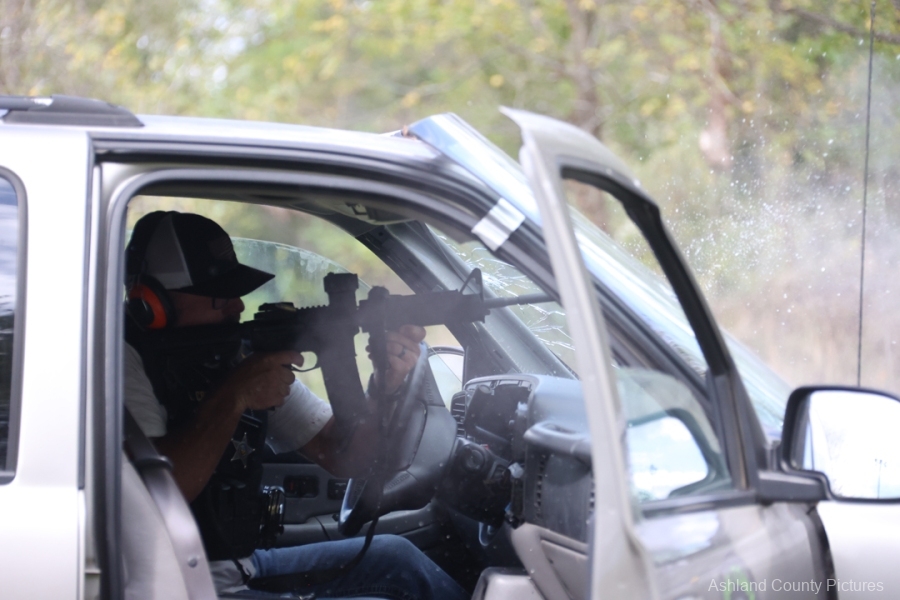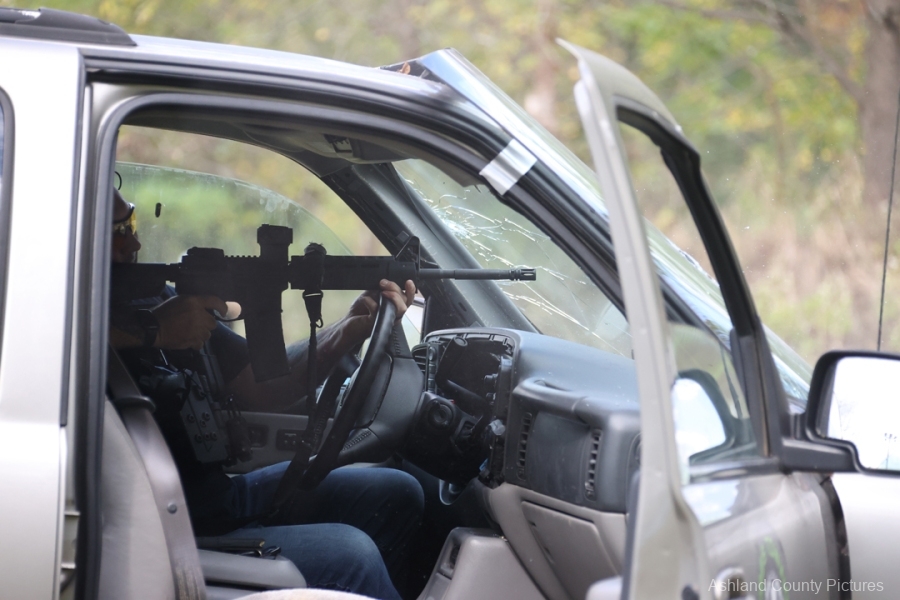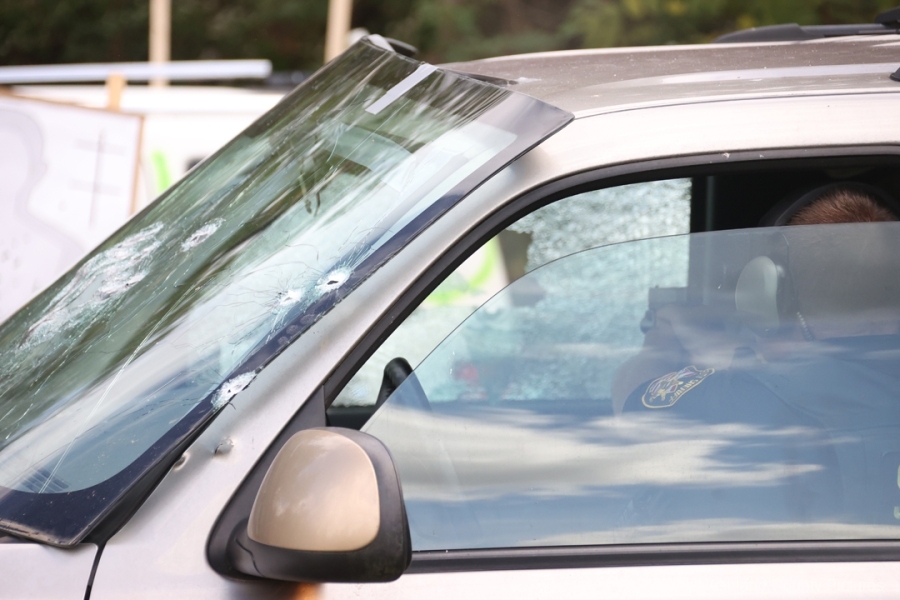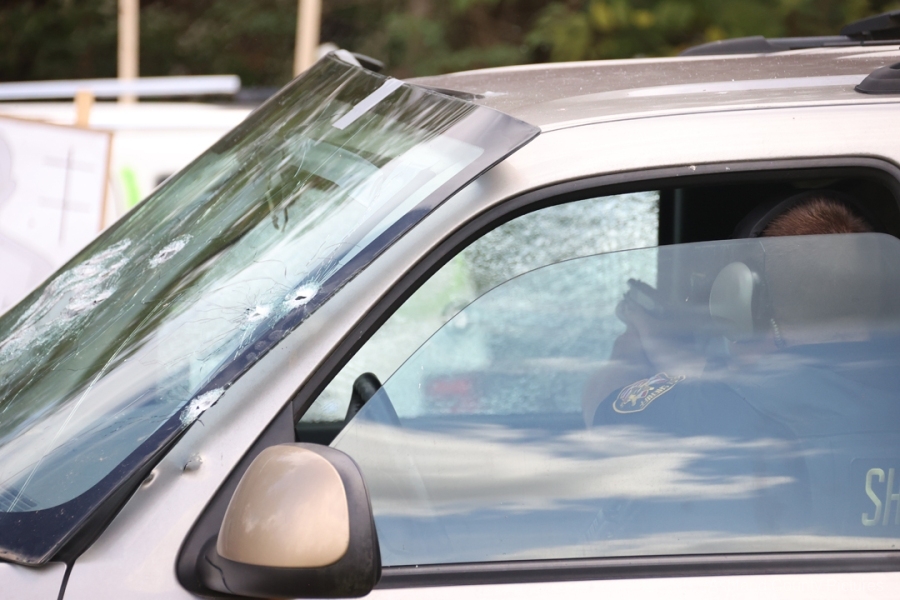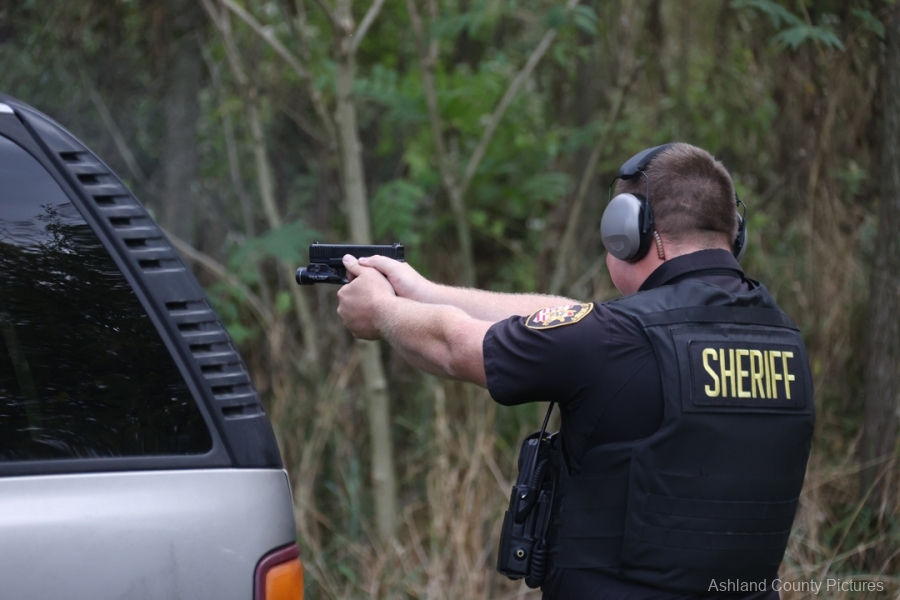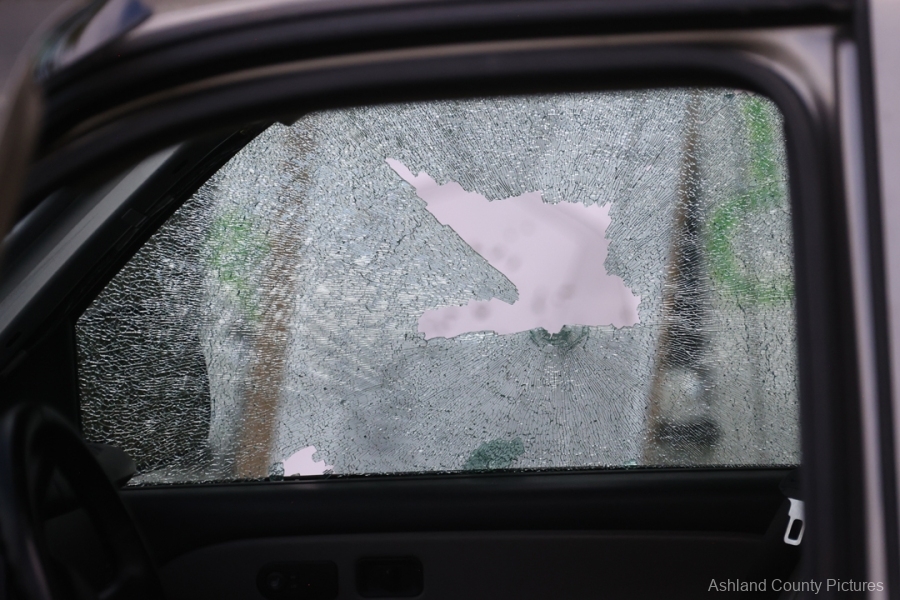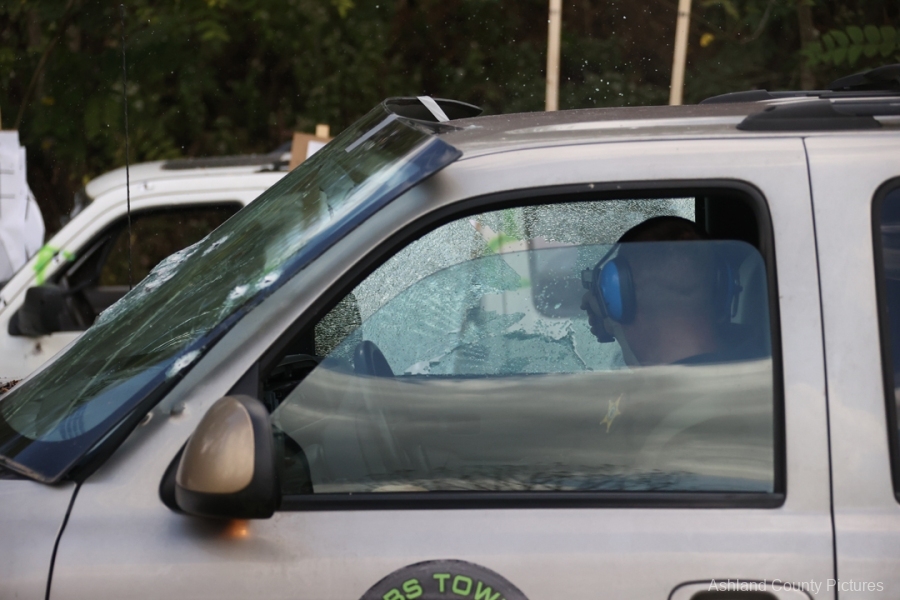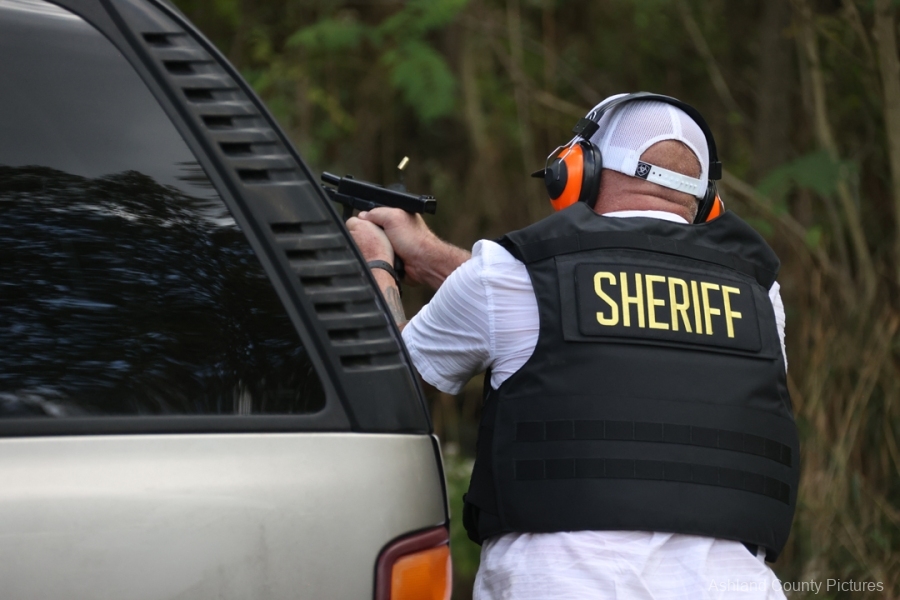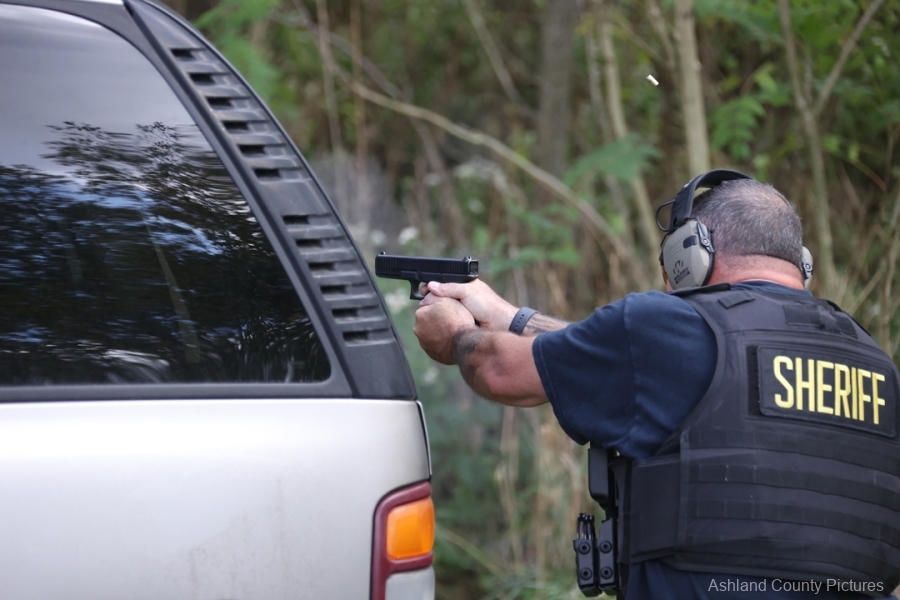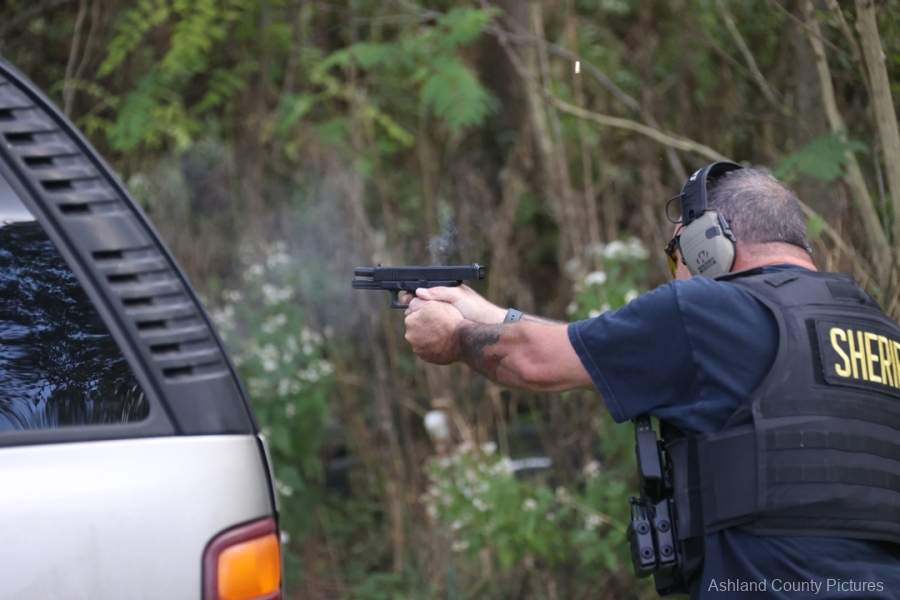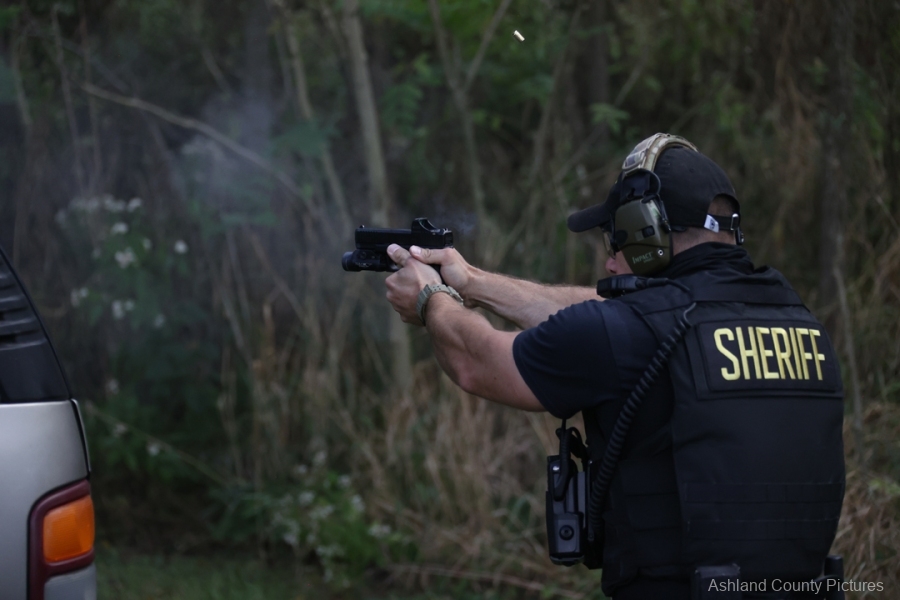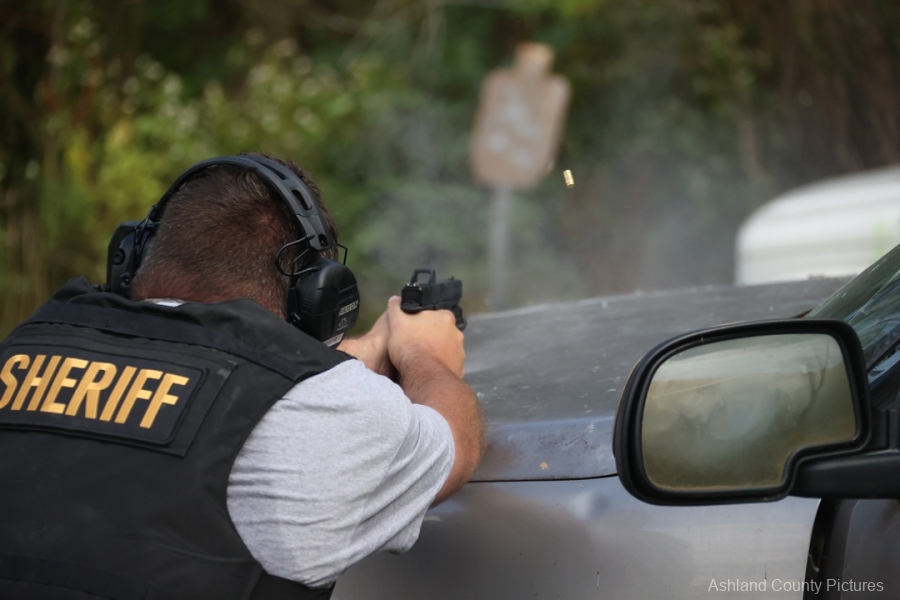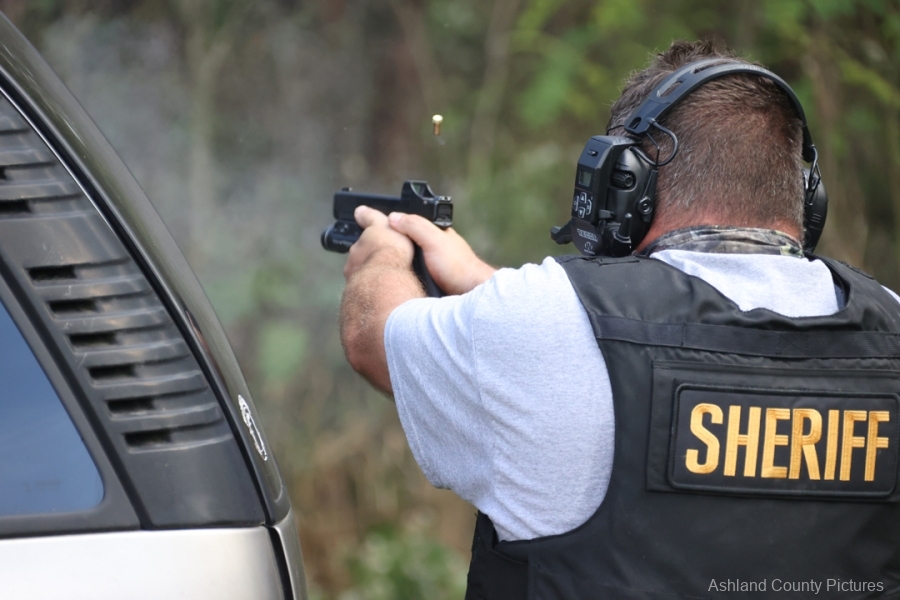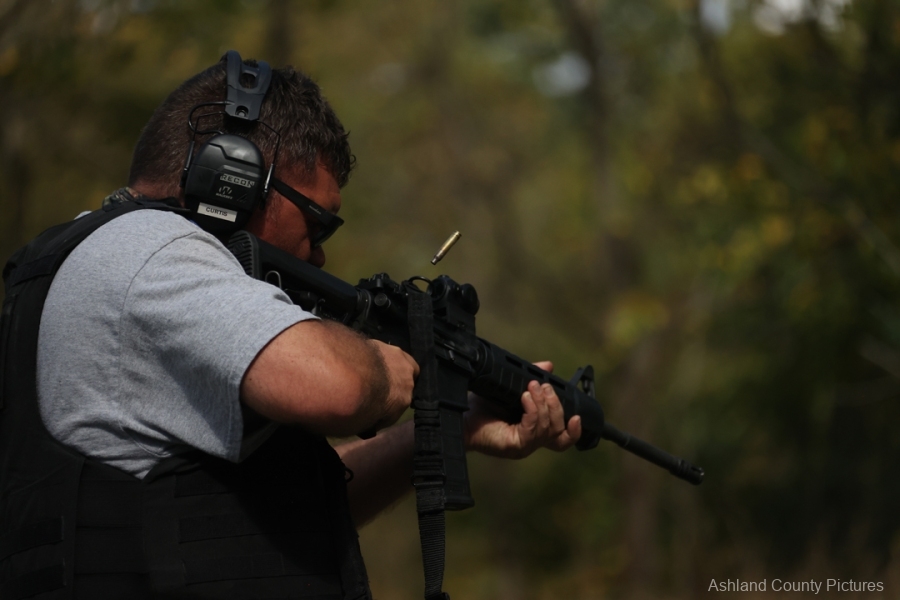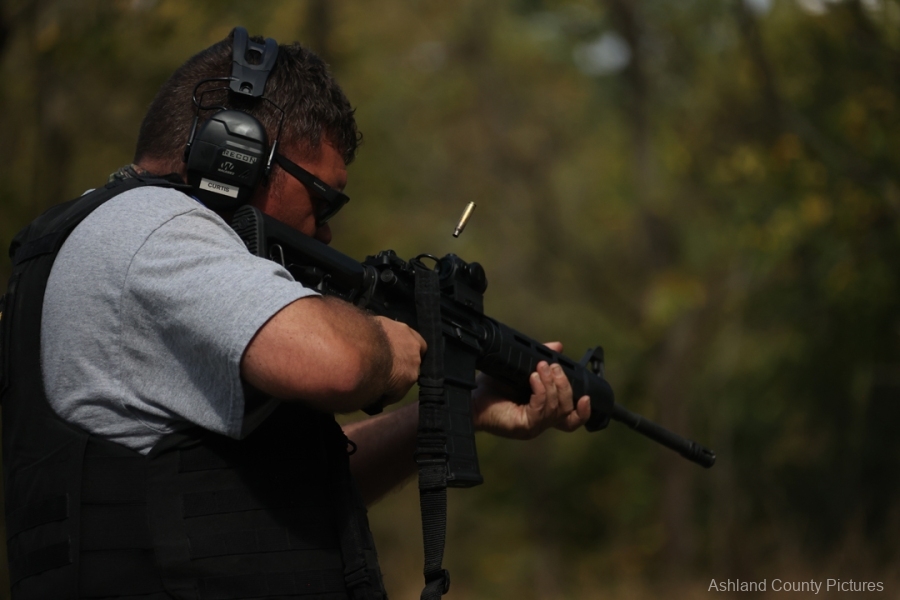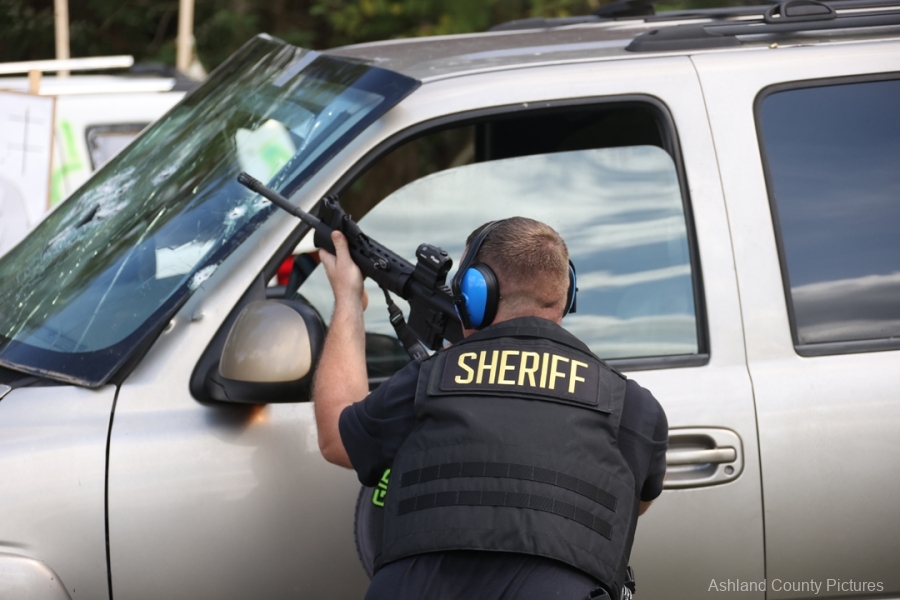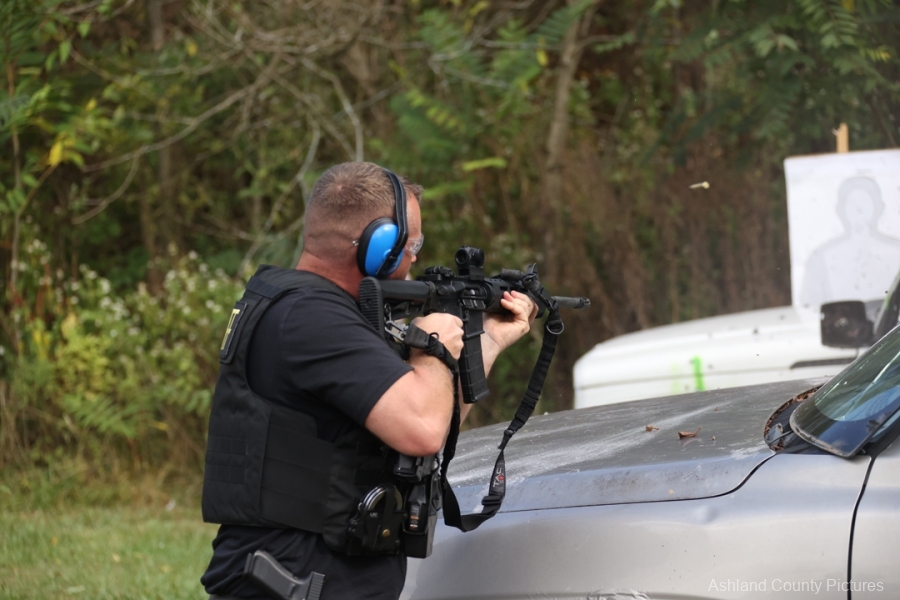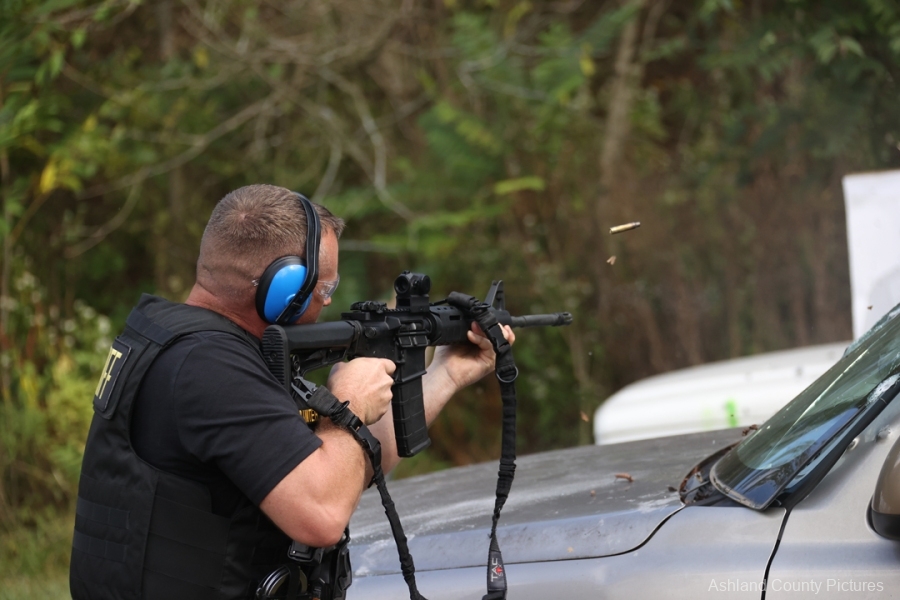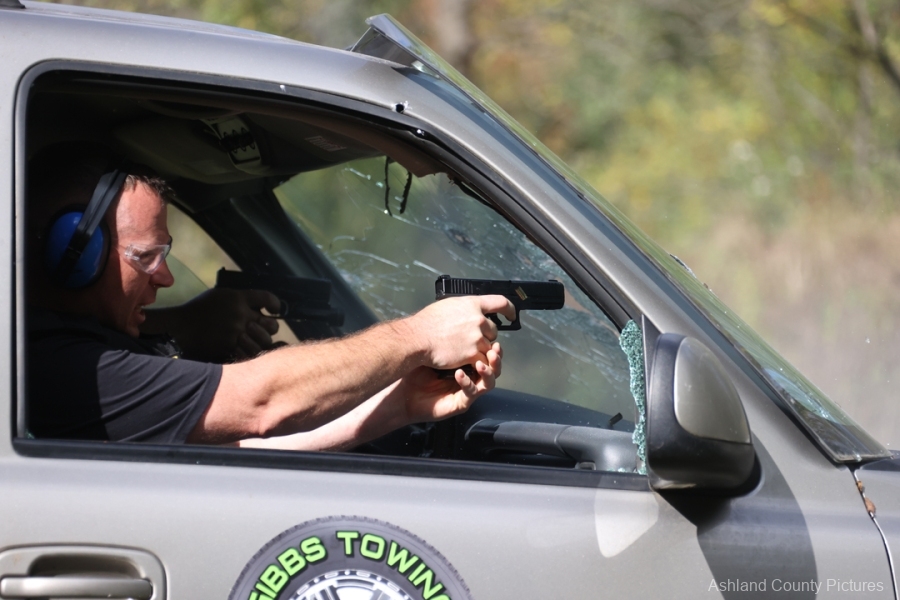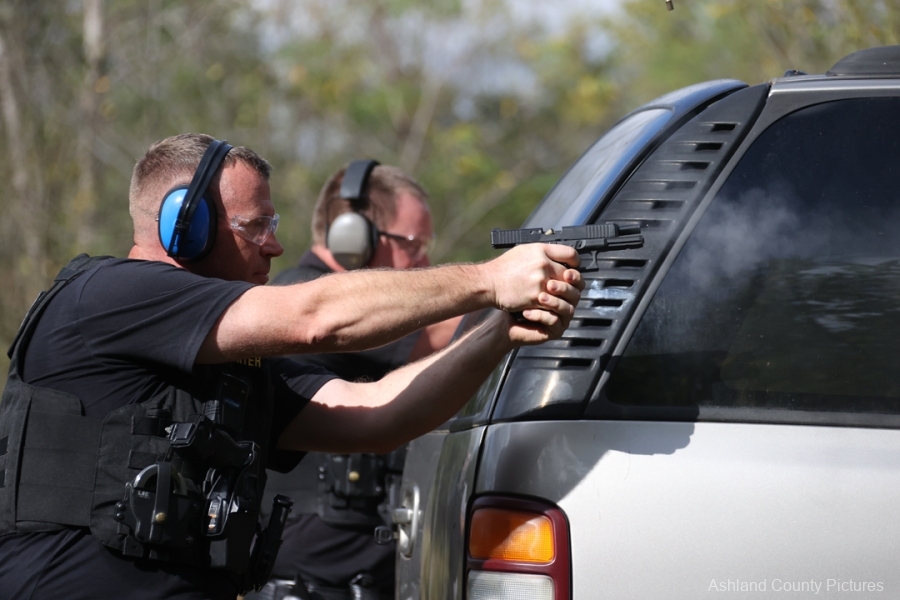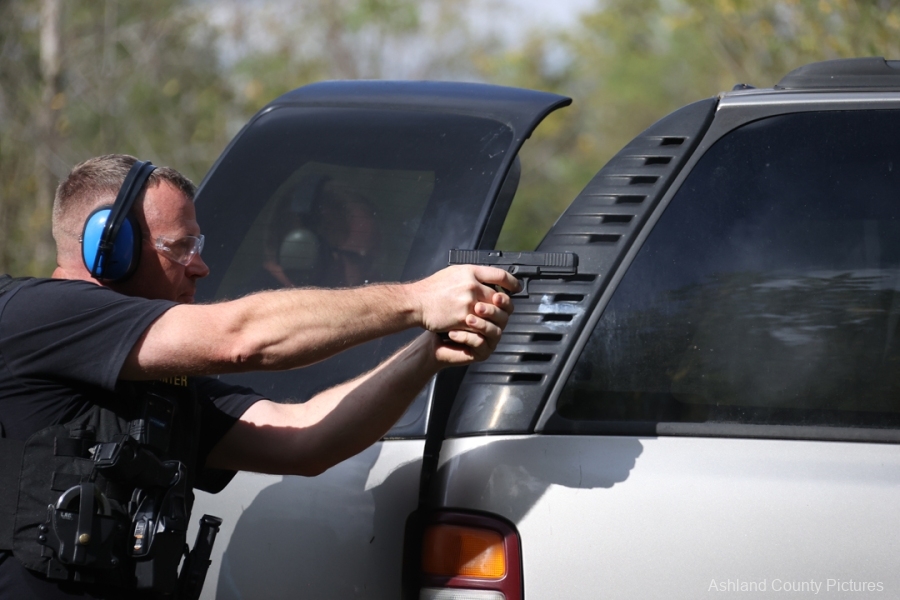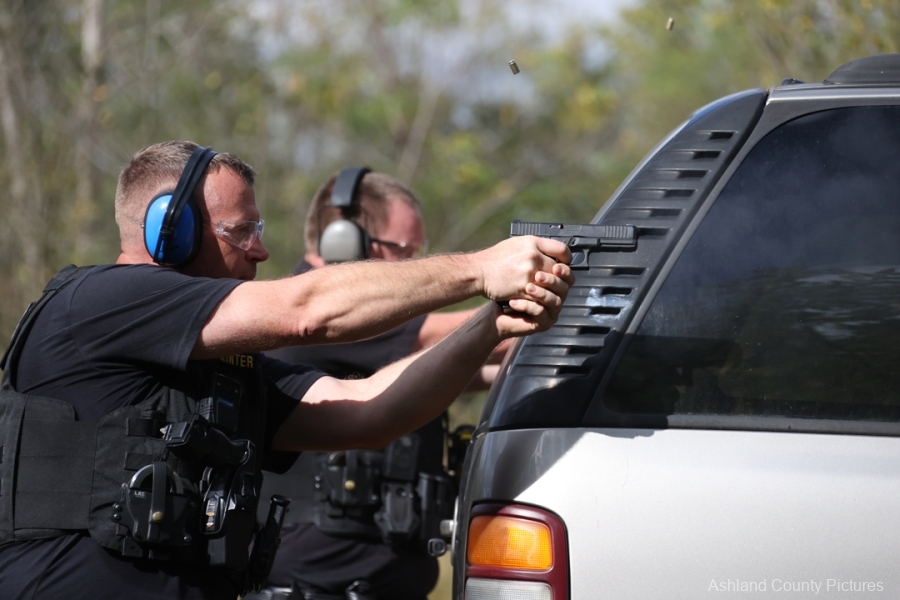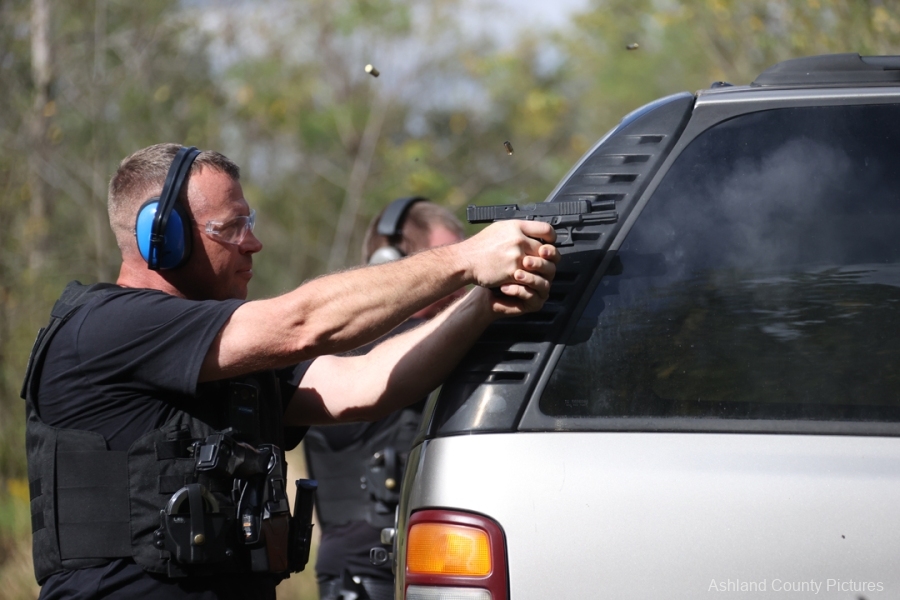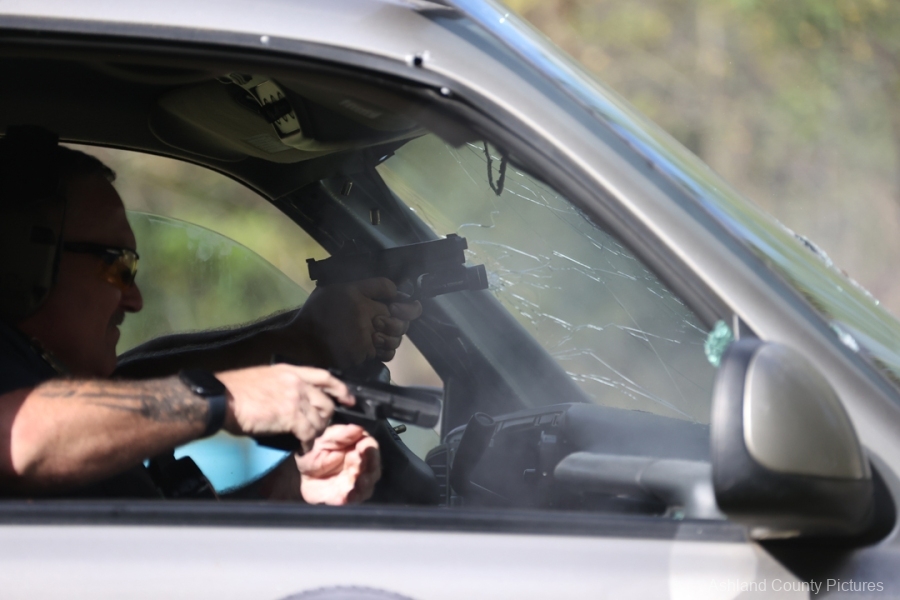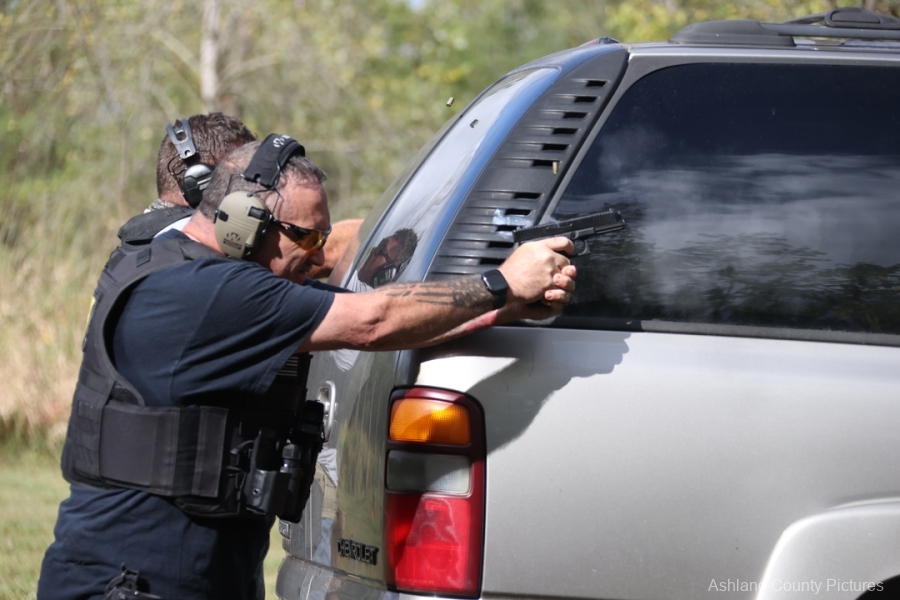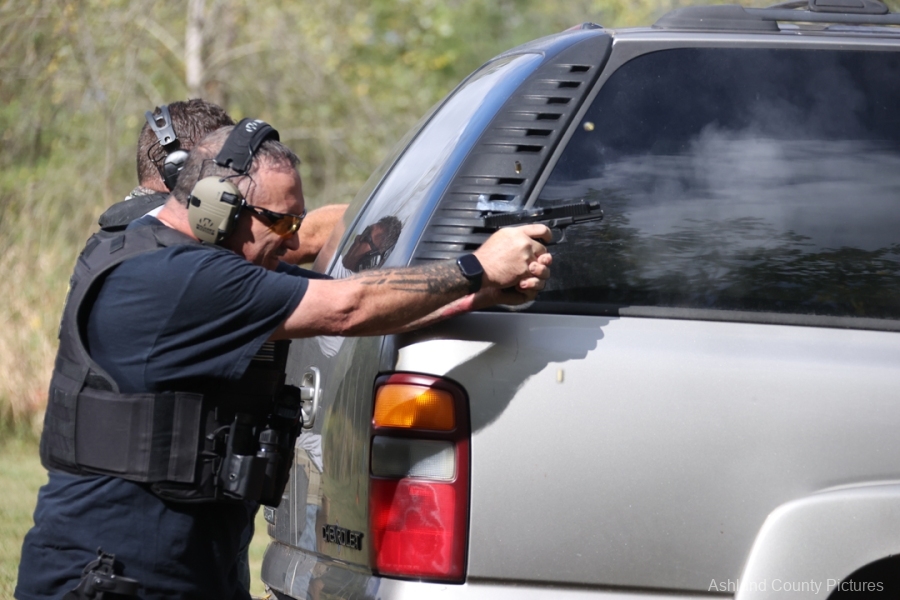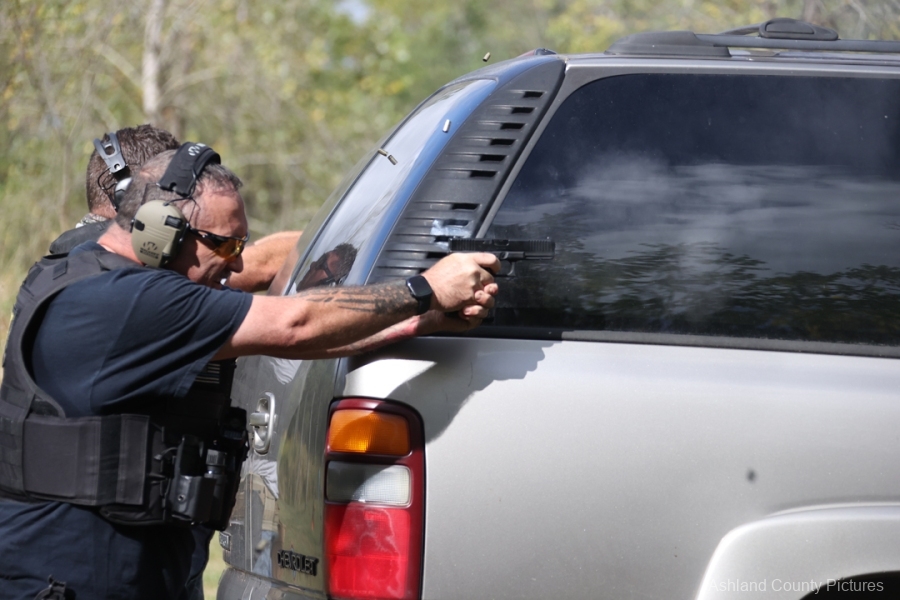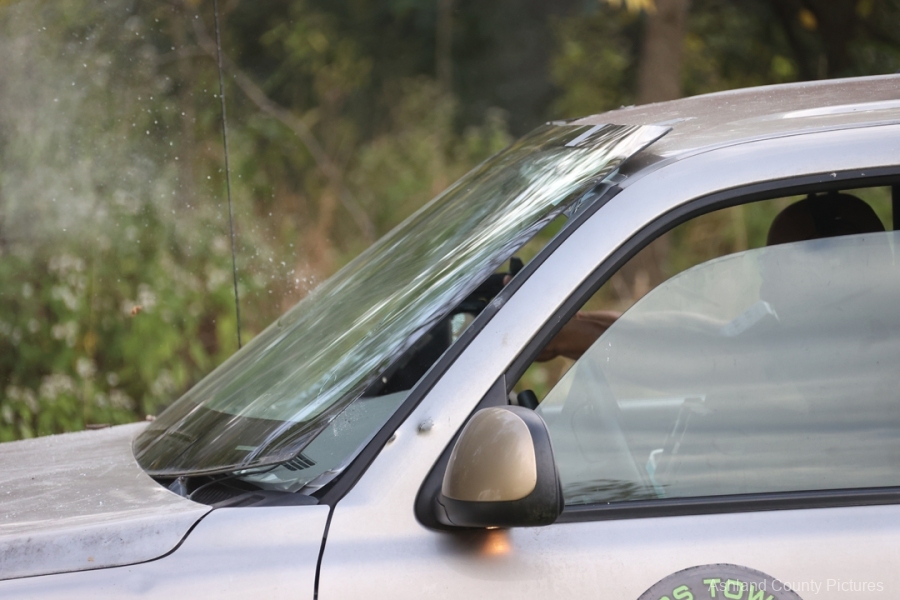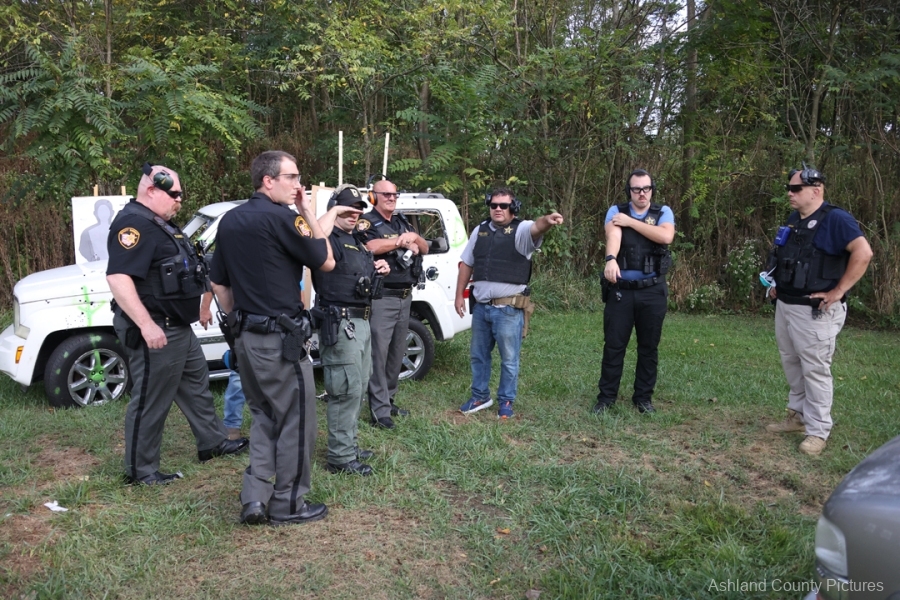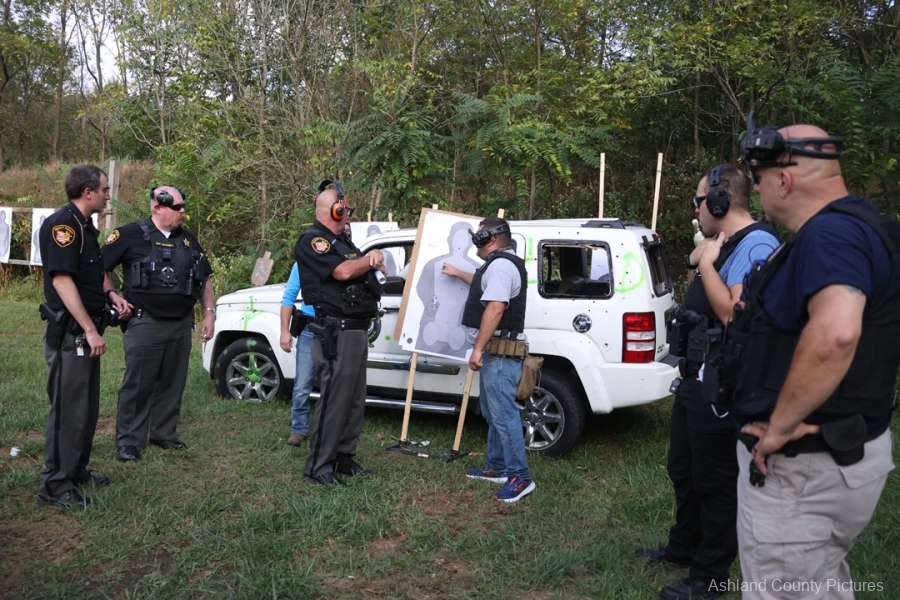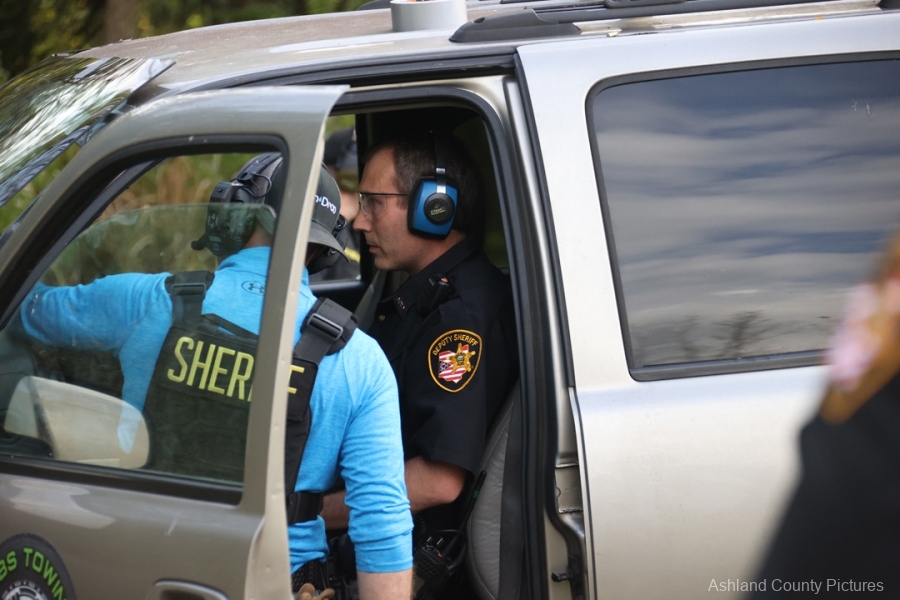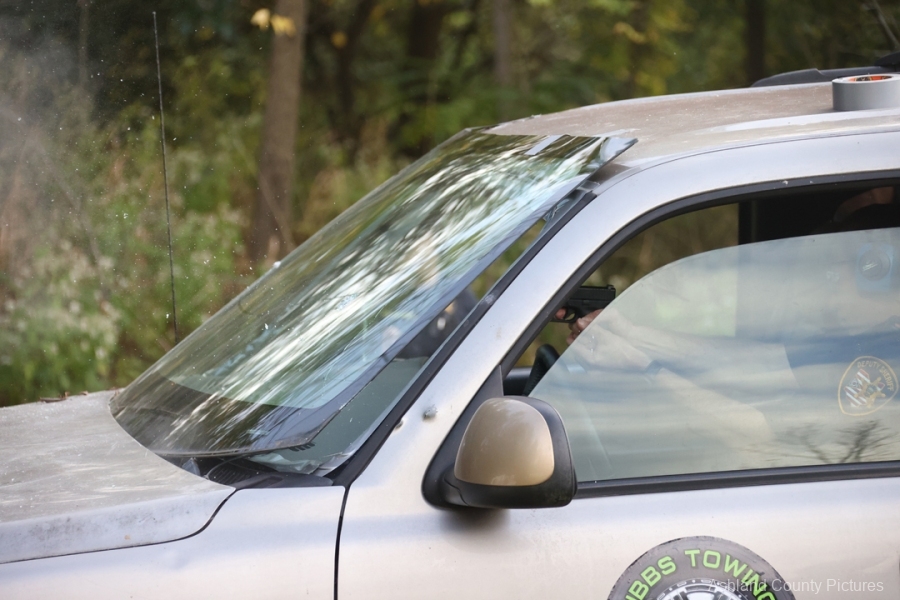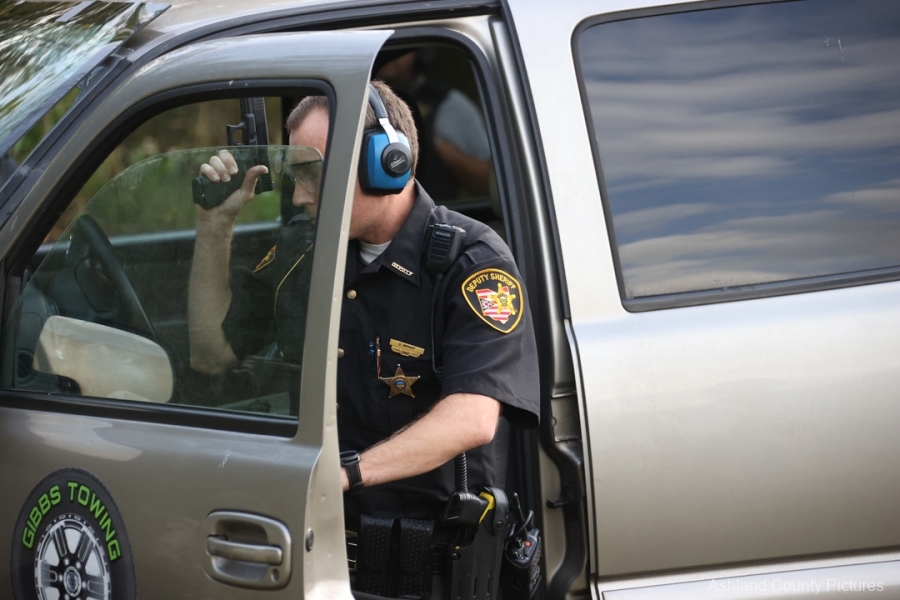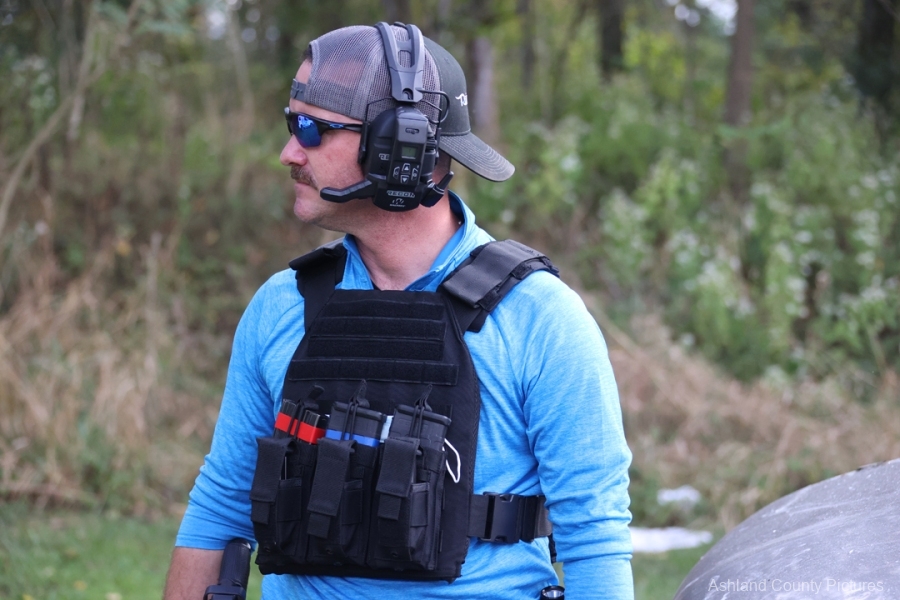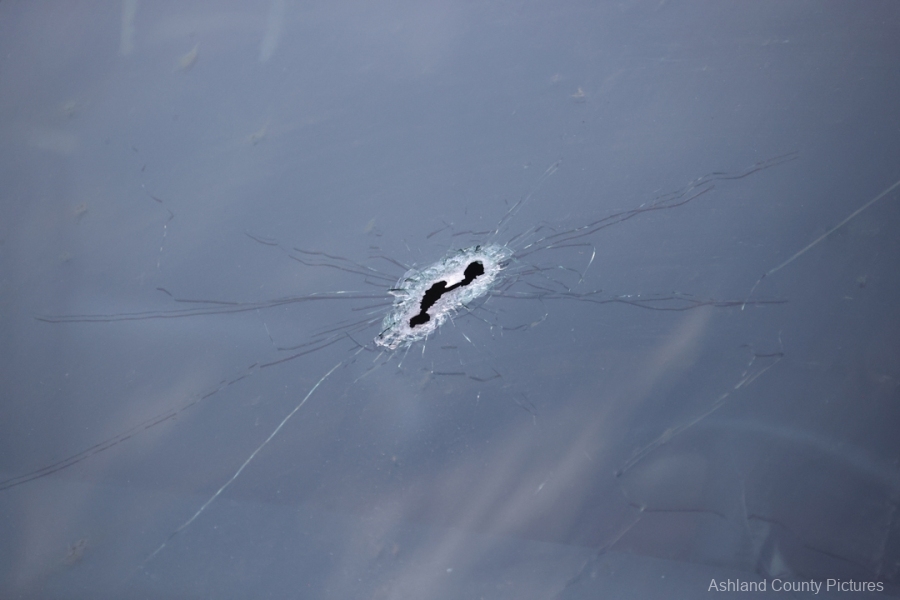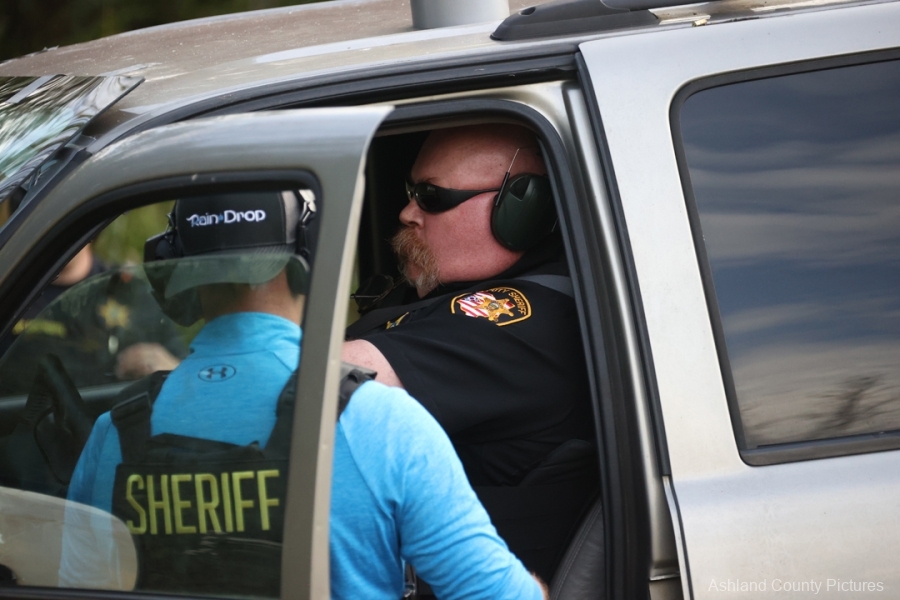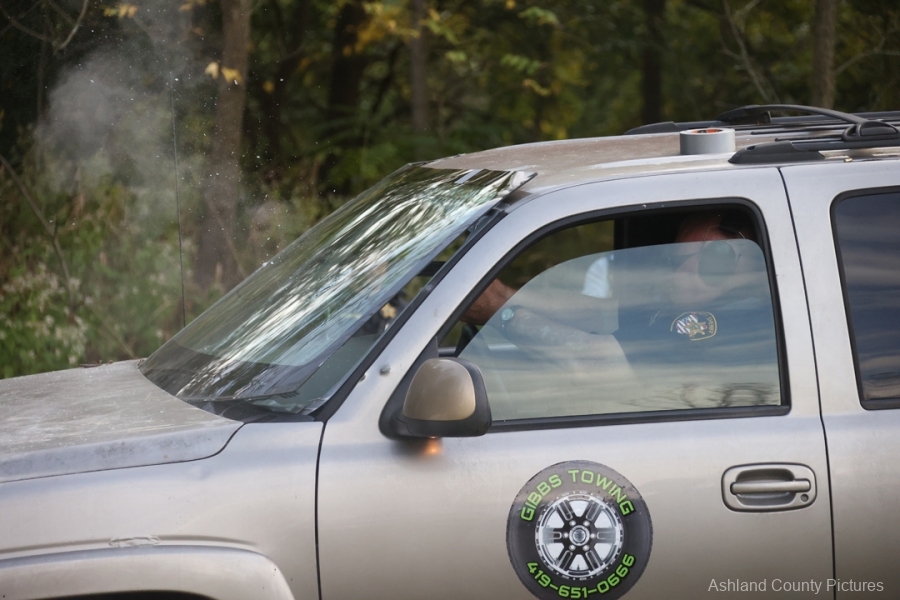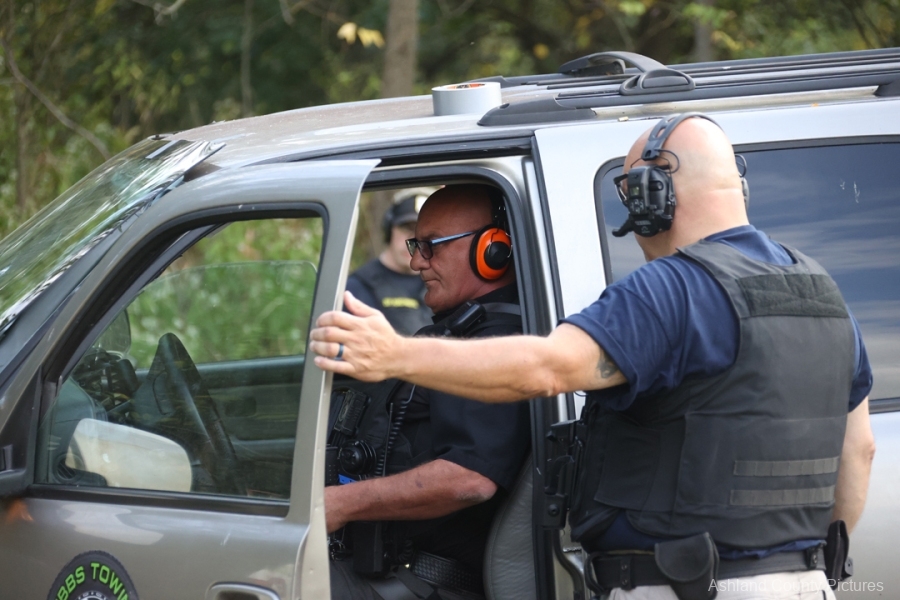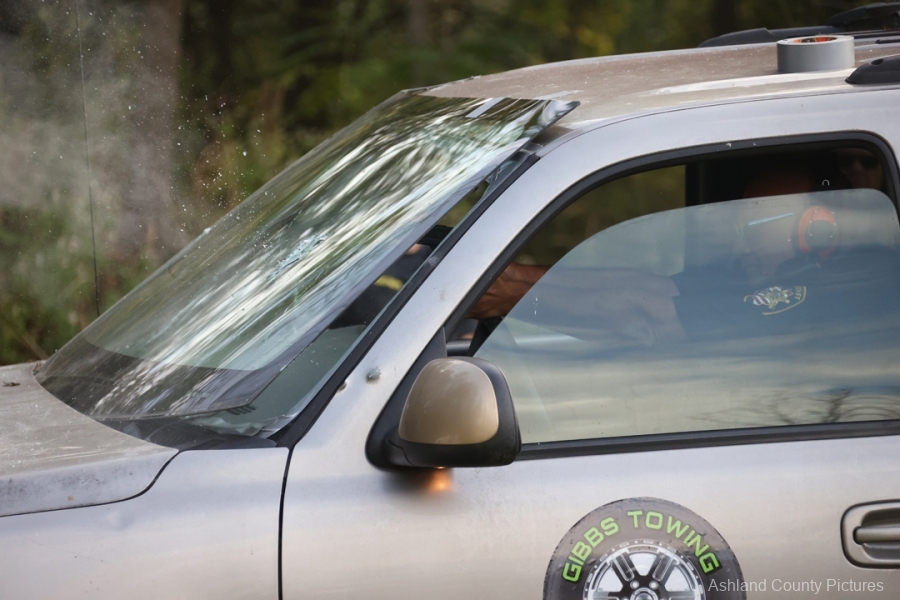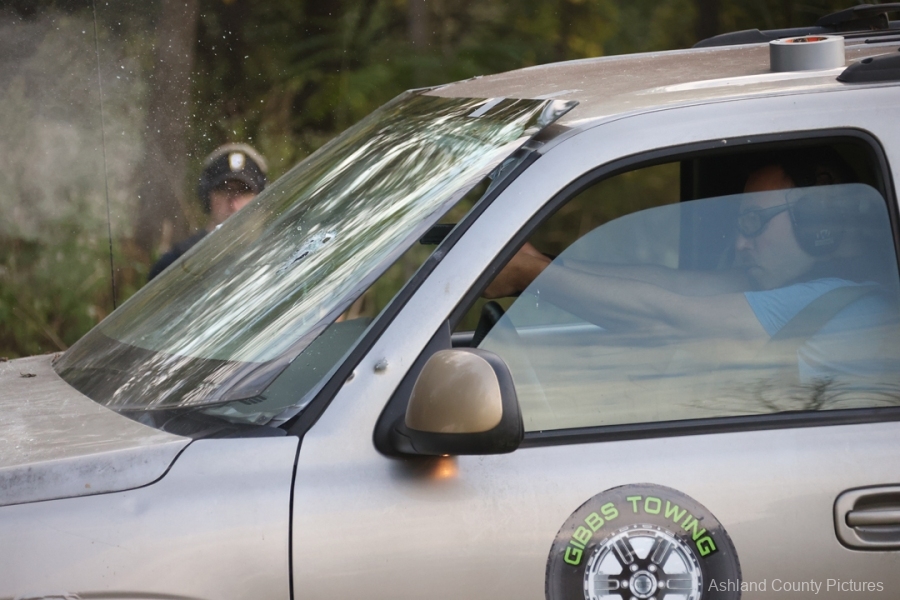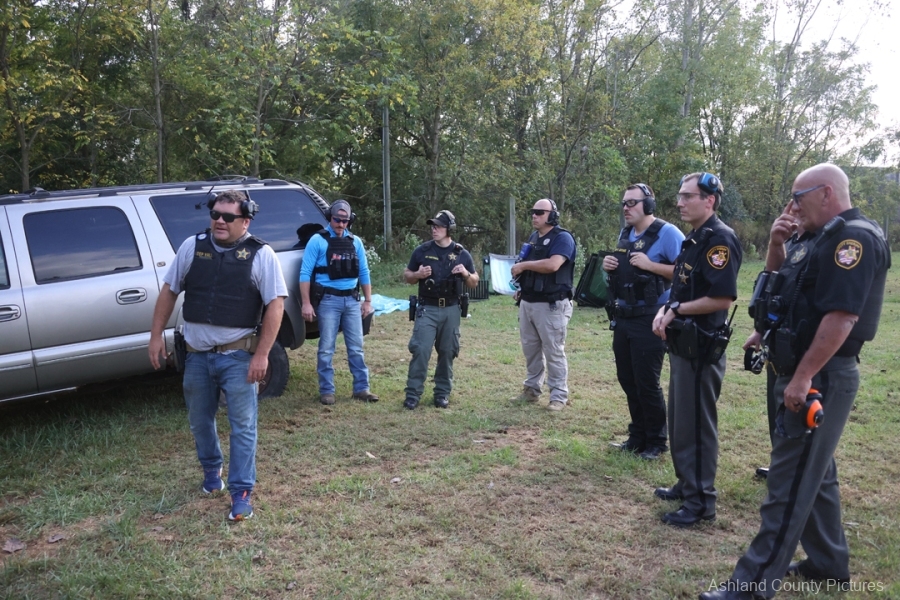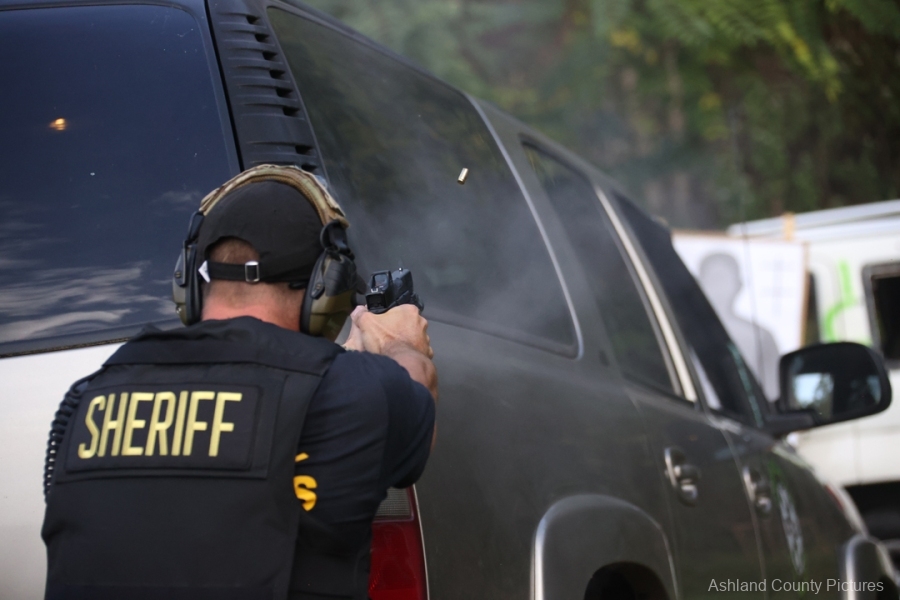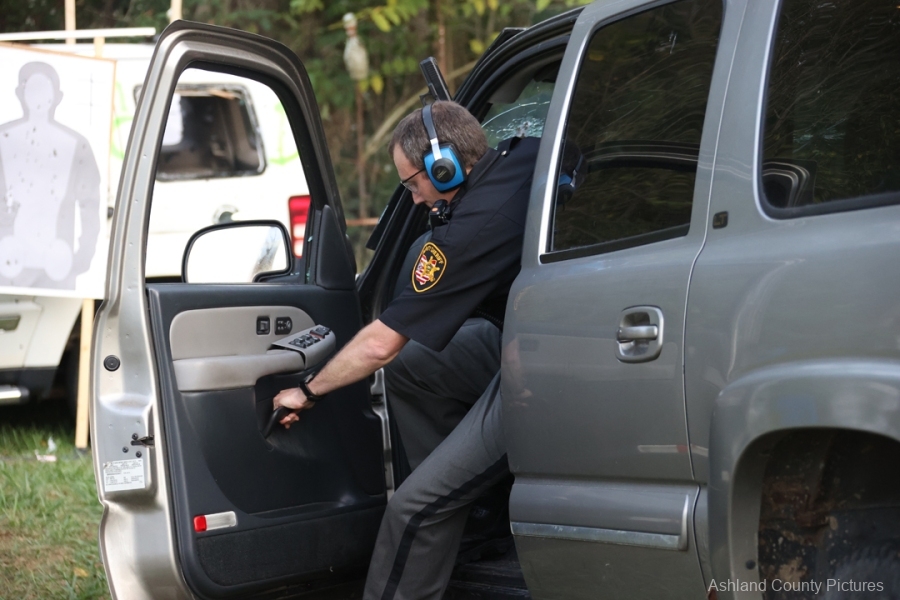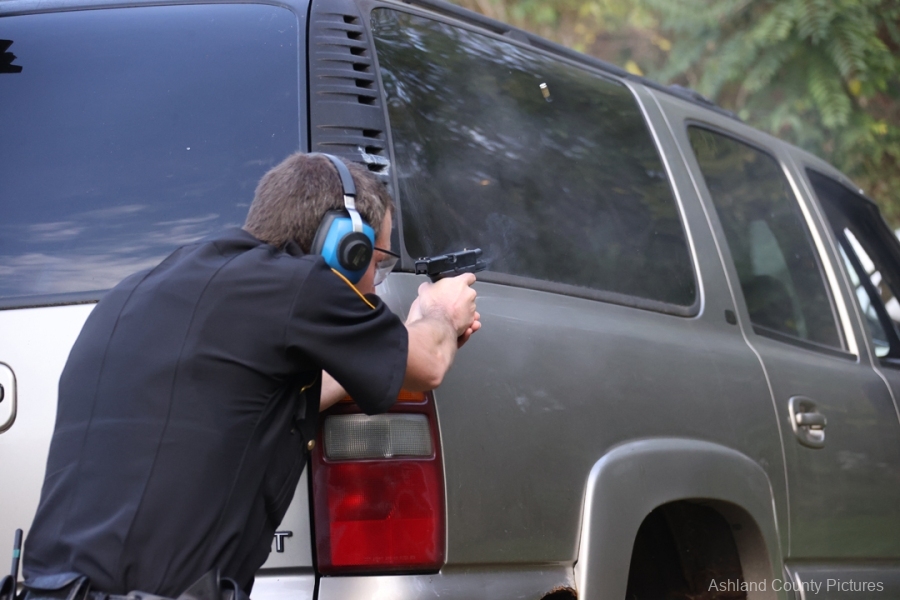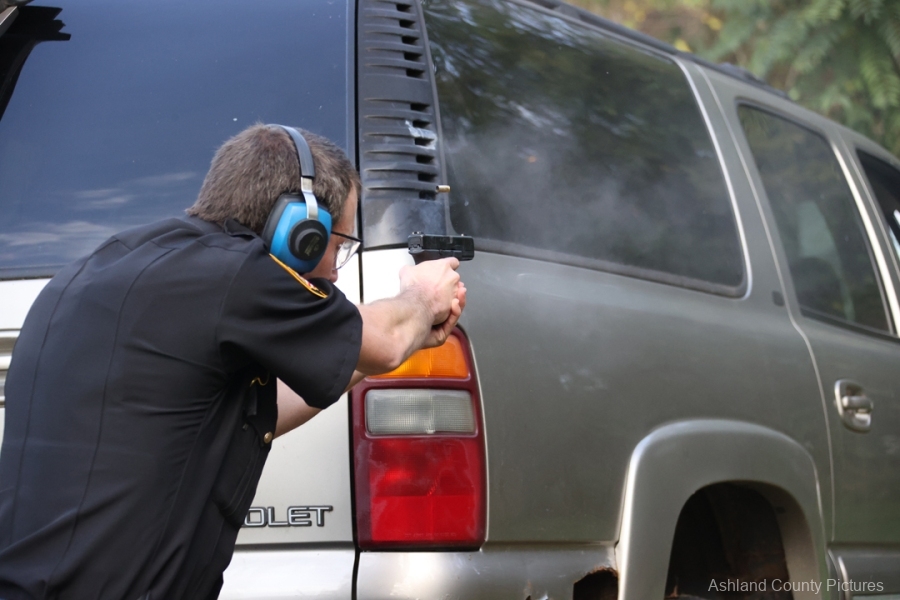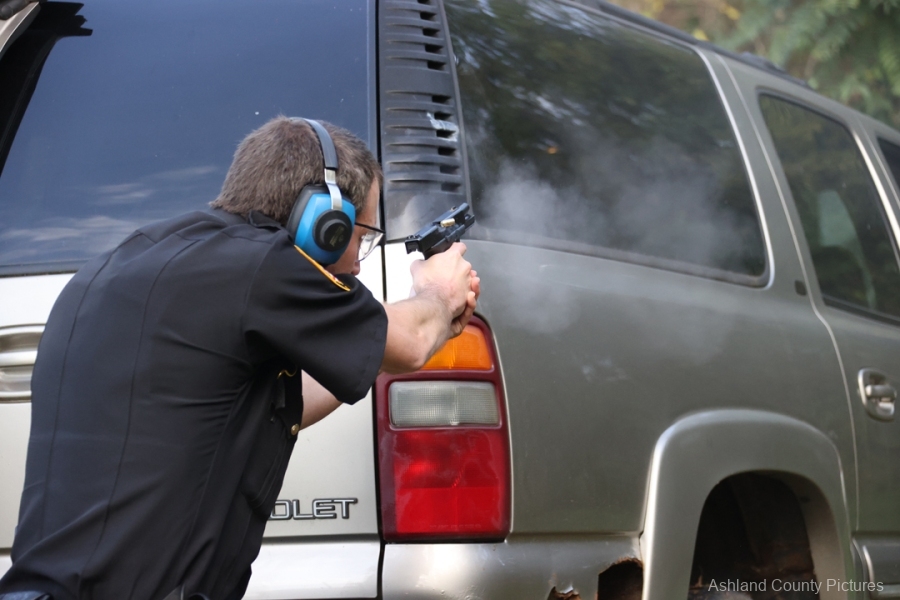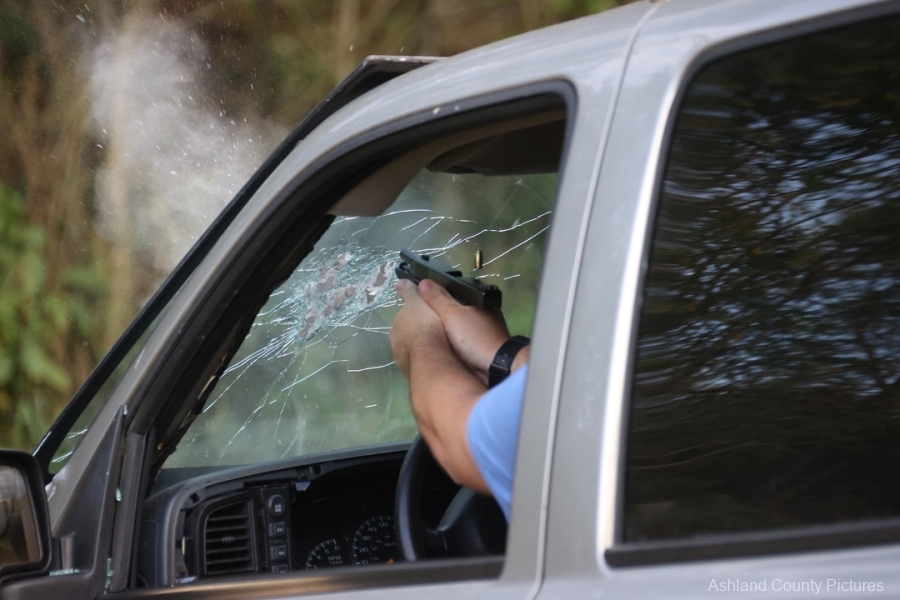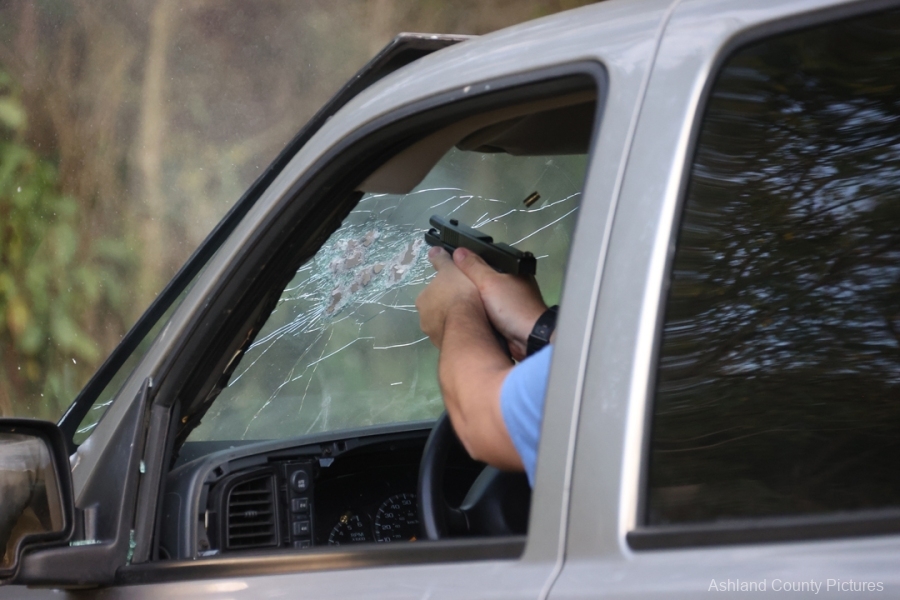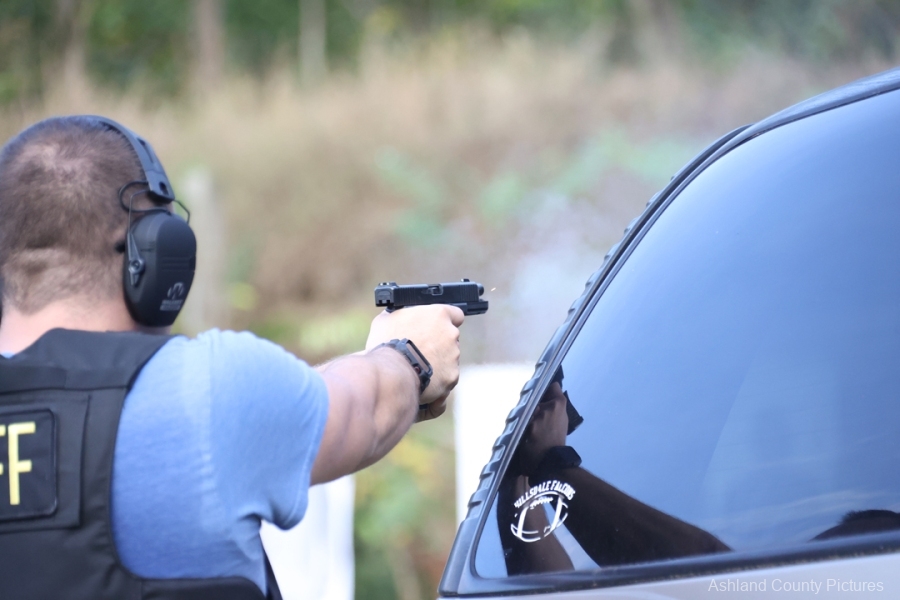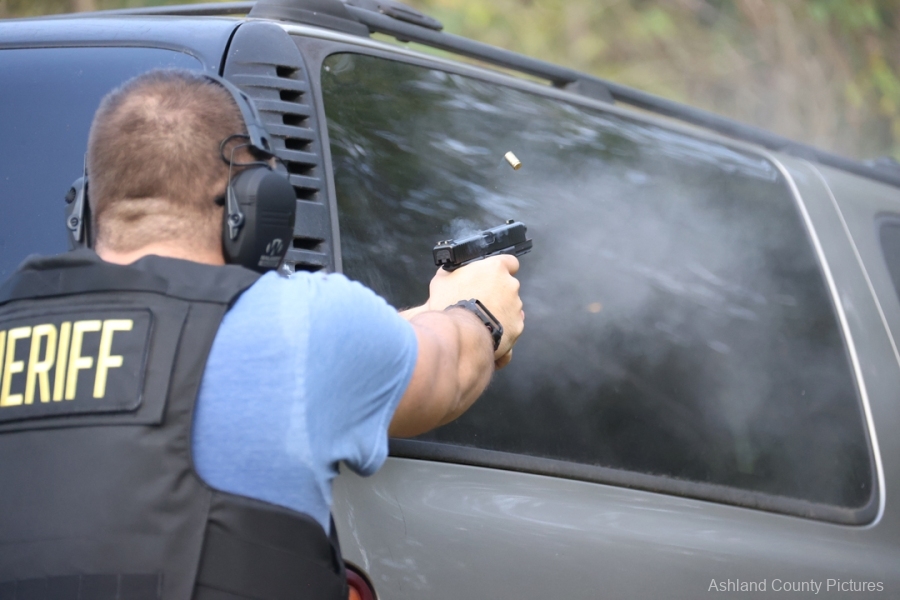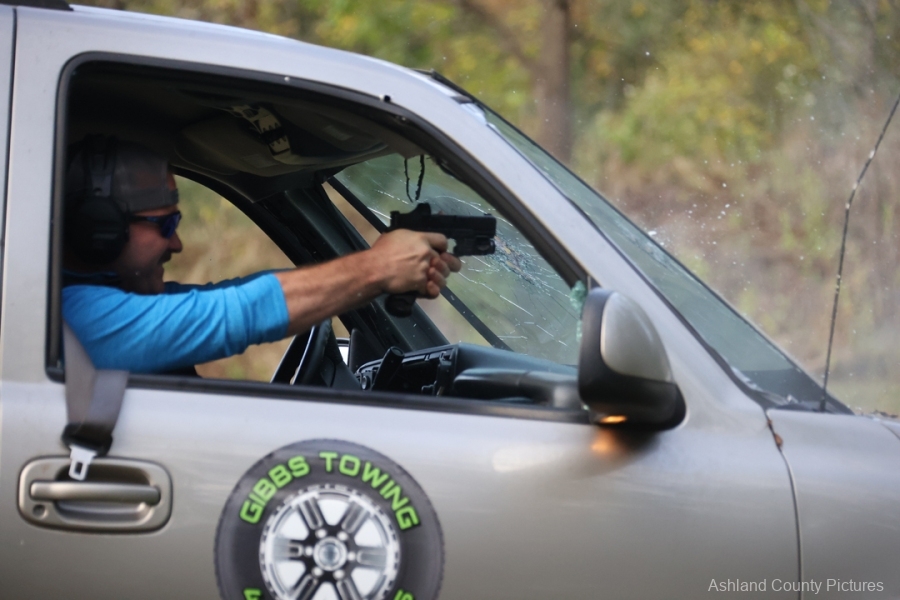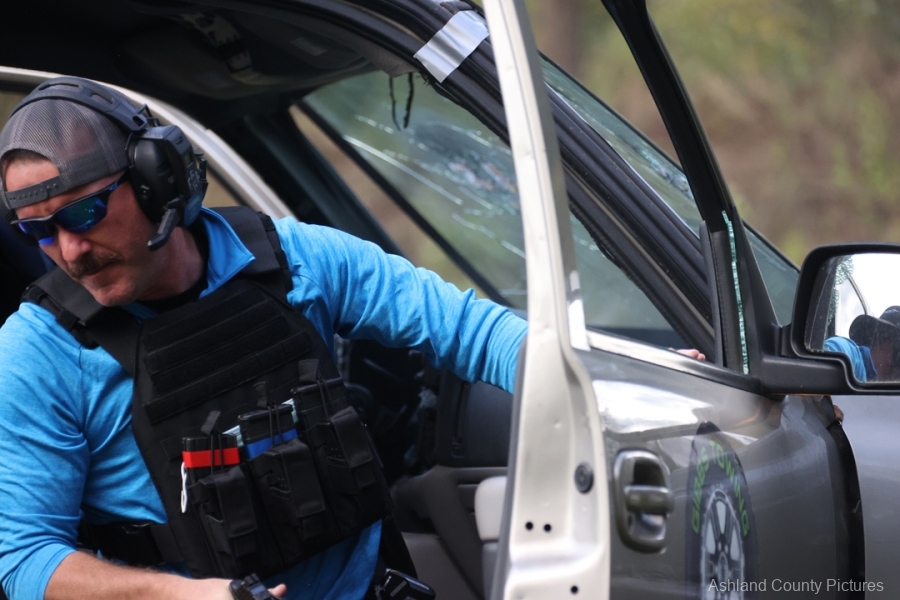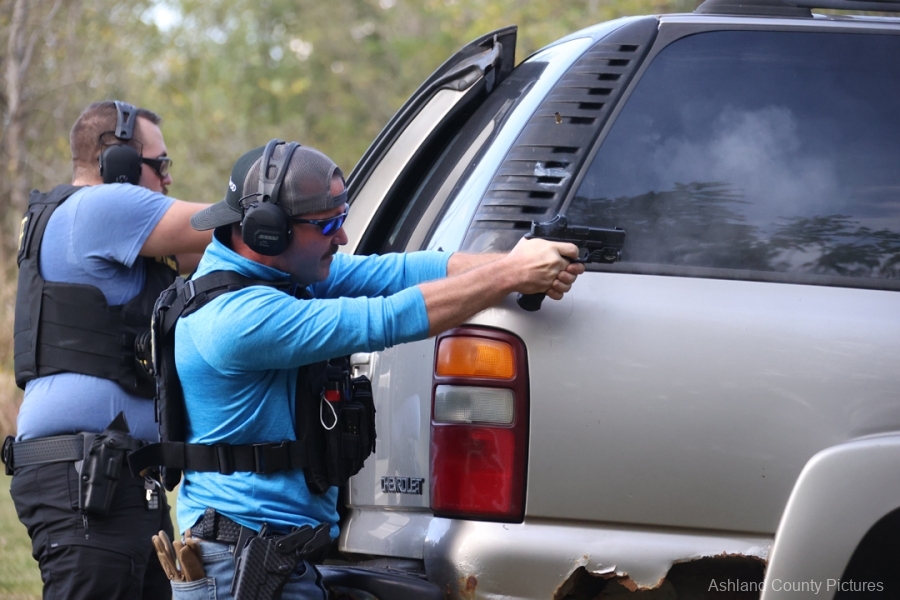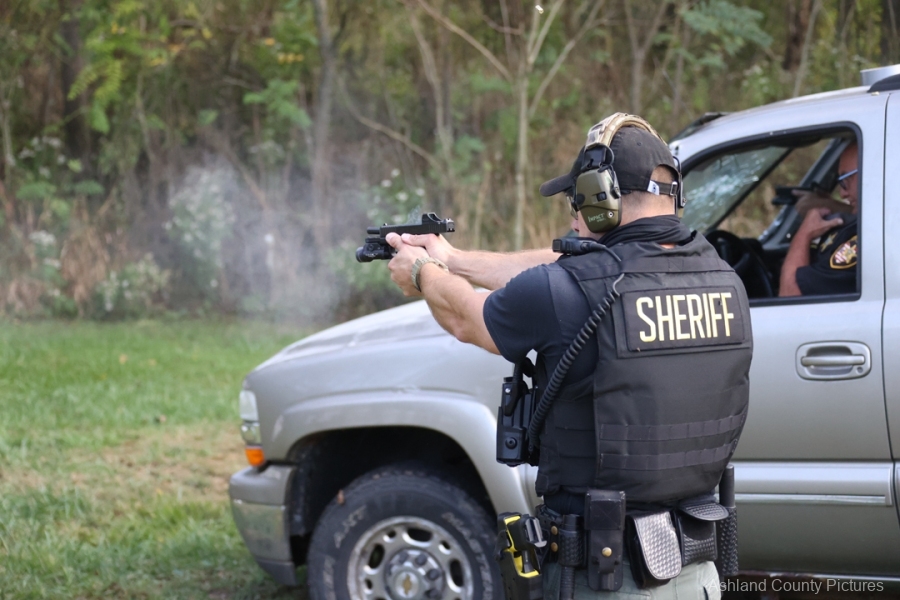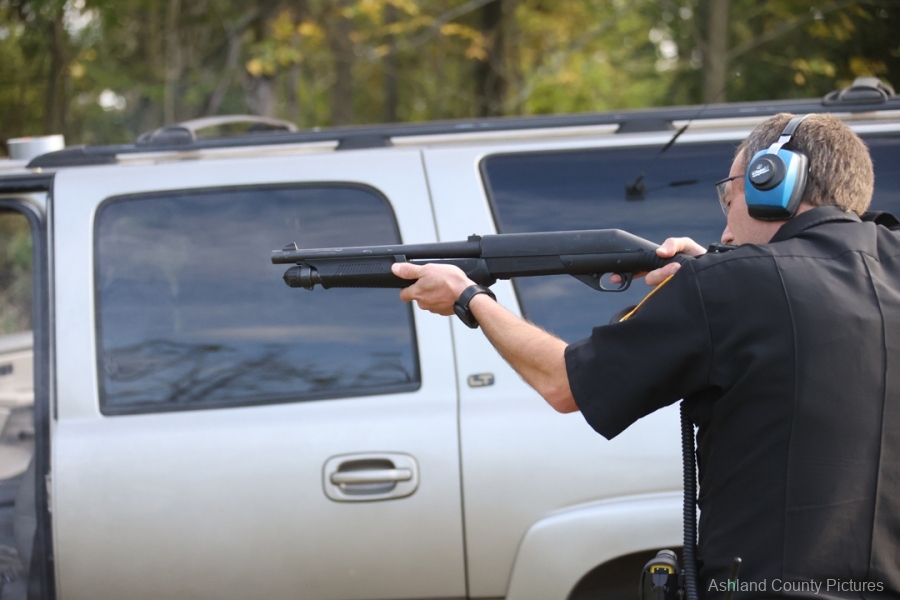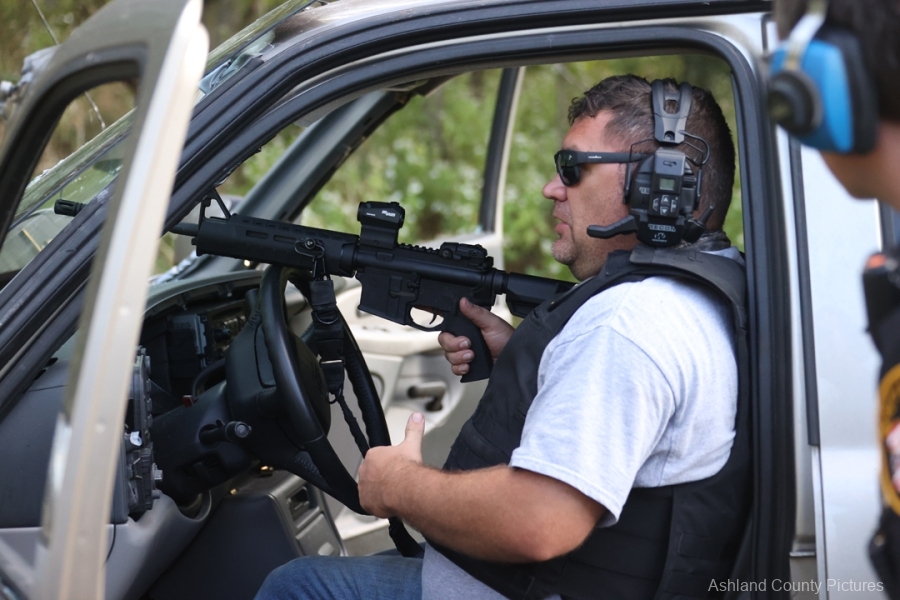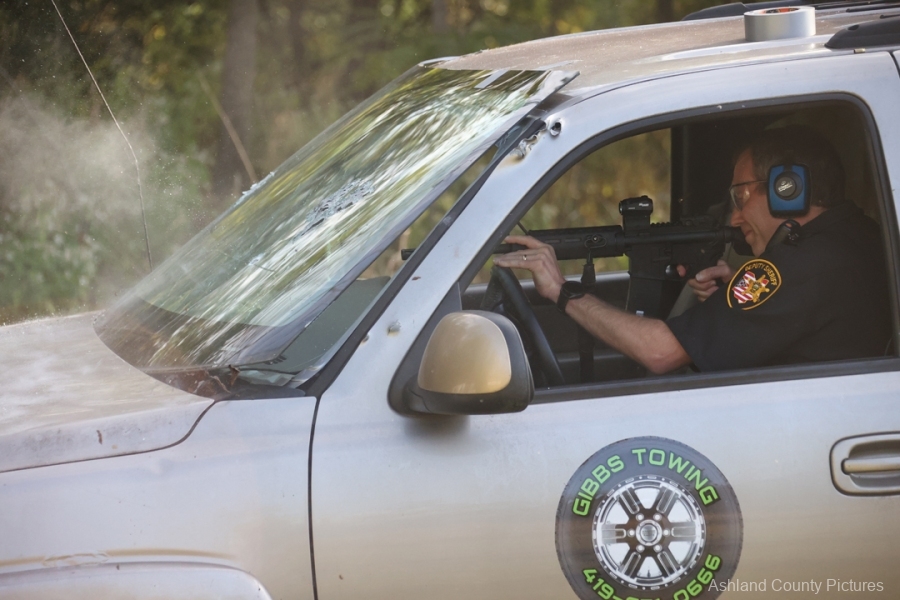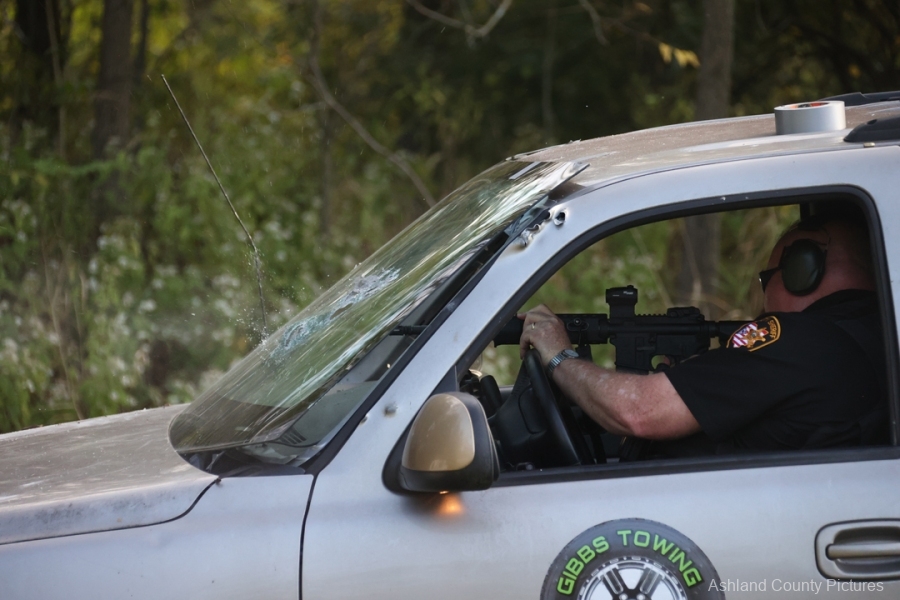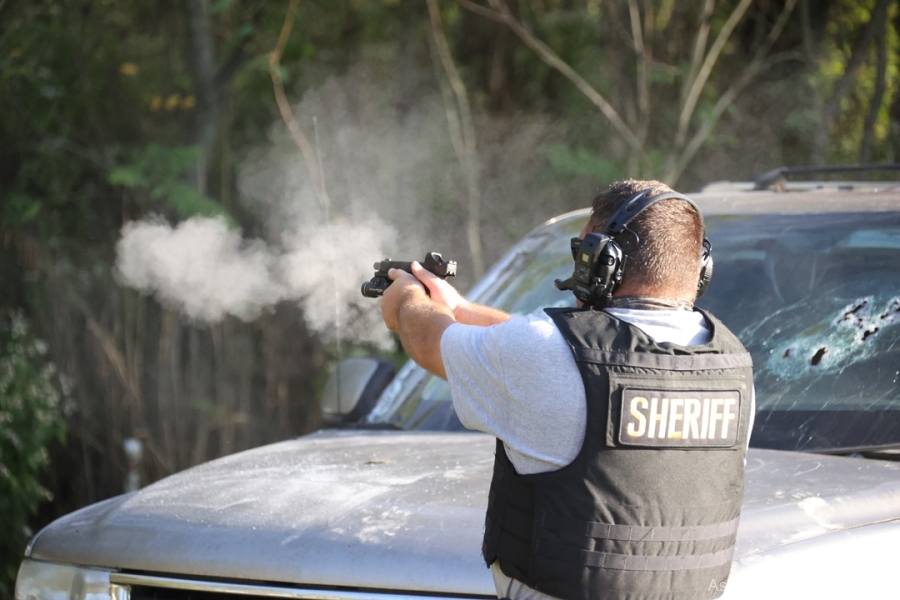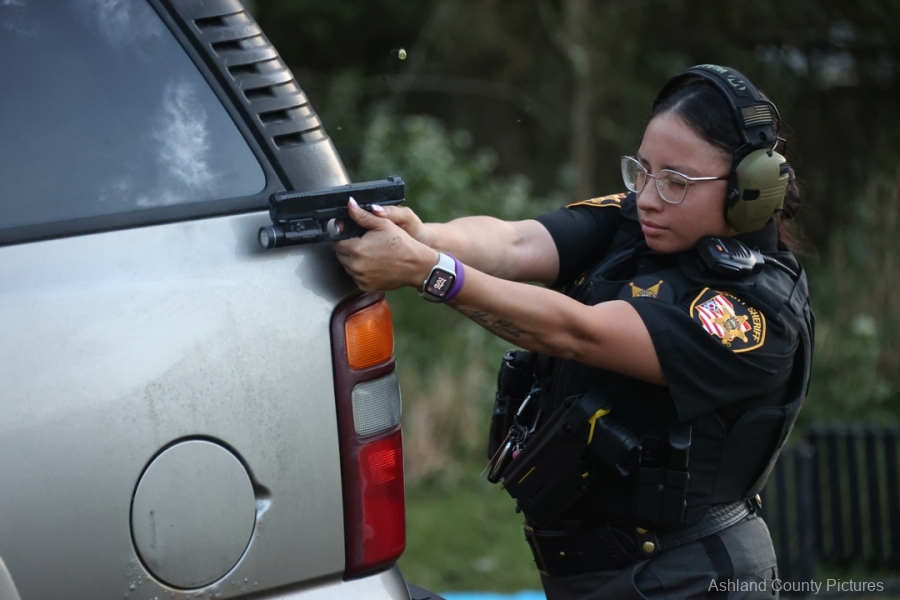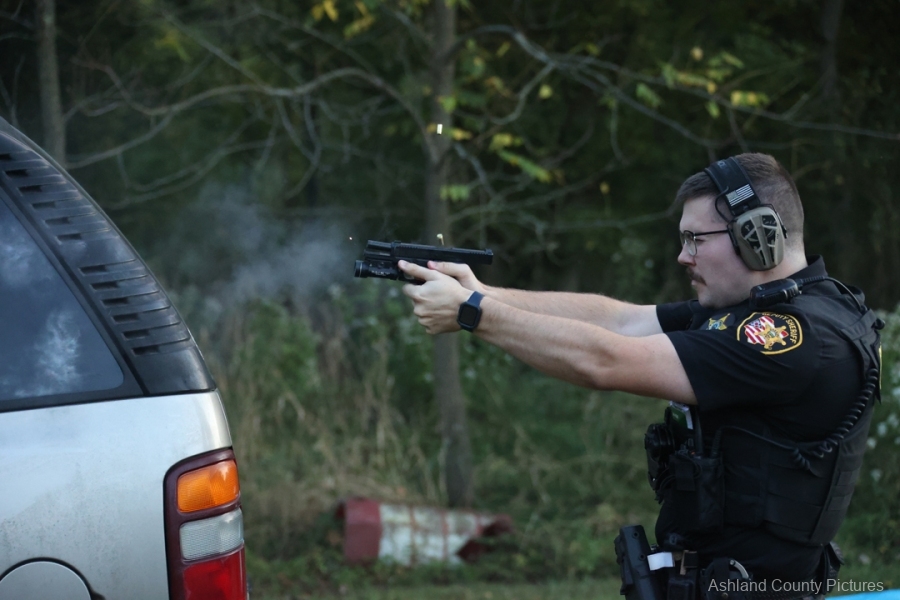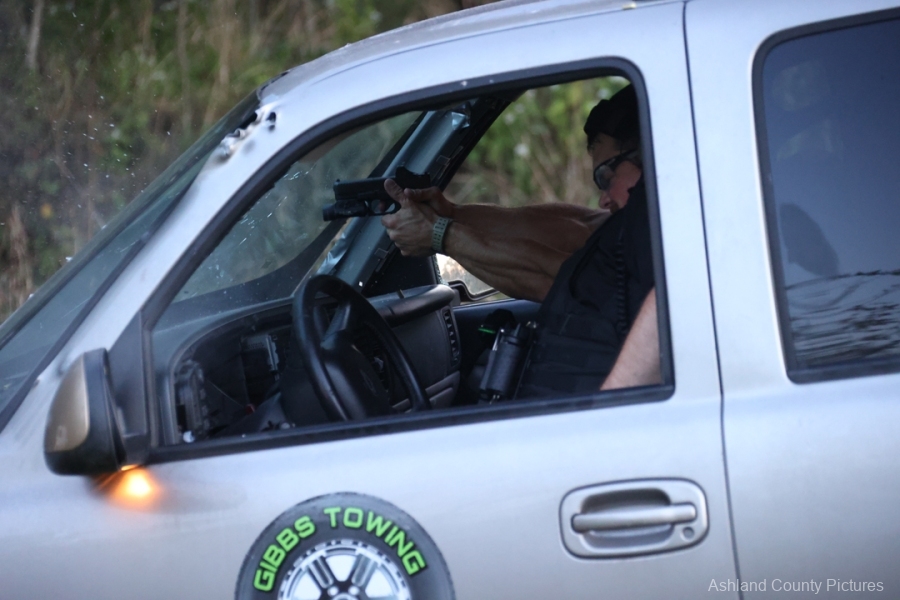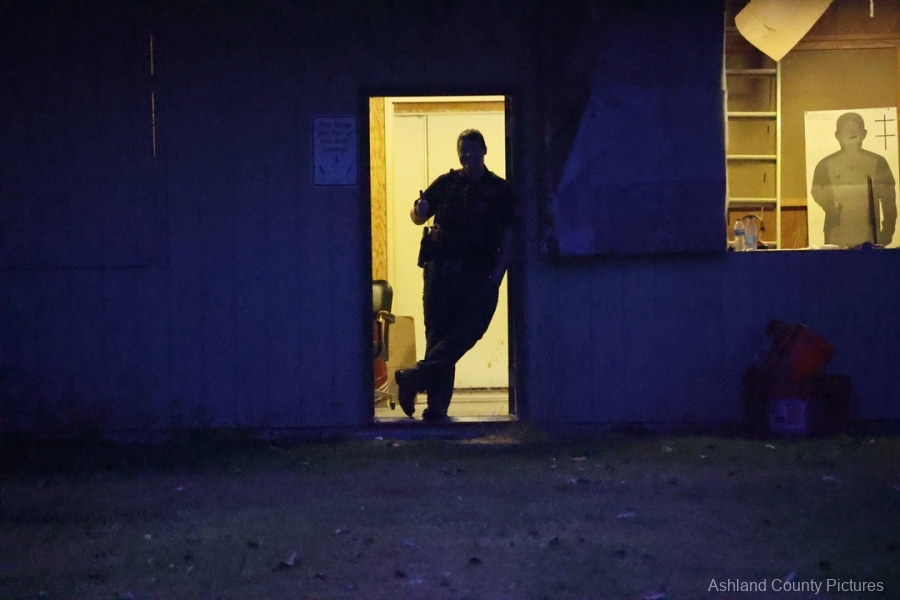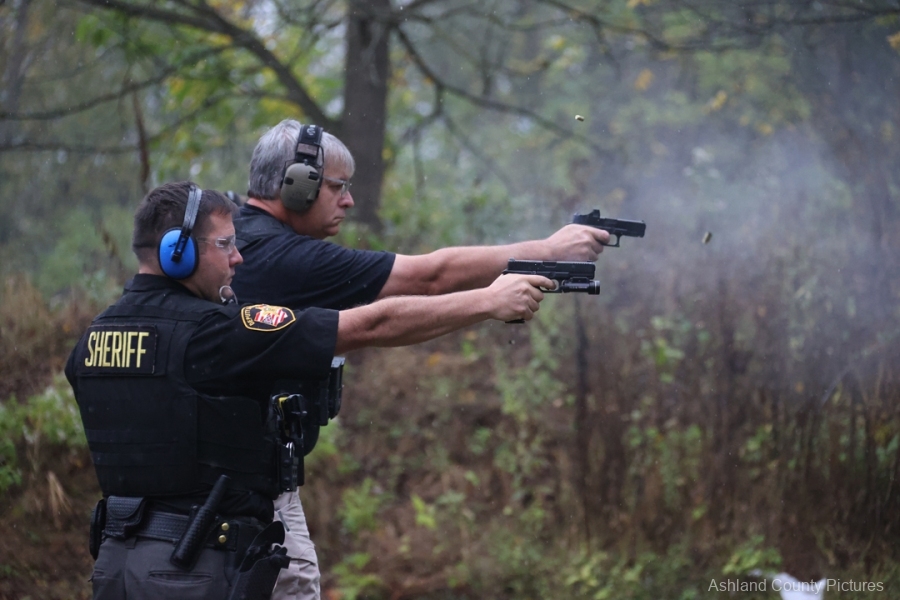Part II: Shots Fired! Shots Fired! Ashland Deputies Train for the Unthinkable
Why Training Has to Change
The urgency for this new training hit home on July 23, 2025, when two Lorain police officers sat down to eat lunch in their cruisers. Within moments, a gunman lying in wait opened fire. Officer Phillip Wagner was fatally shot; Officer Peter Gale was wounded; a third officer, Brent Payne, was hit while rushing to help.
The ambush rattled Ohio and reverberated nationwide. For Ashland deputies, it emphasized that attacks don’t always come during drug raids or traffic stops. They can come when an officer is grabbing a meal, typing a report, or simply parked on a quiet street.
Sheriff Schneider didn’t mince words:
“The world we live in right now is really terrible. Too many communities don’t like law enforcement. That atmosphere creates danger — but here in Ashland County, our community supports us, and that’s the only reason this training exists. We couldn’t have done it without them.”
Across the country, agencies are pivoting. Ohio itself rolled out a sweeping overhaul of its law enforcement training in July 2025, adding modules on ambush survival, scenario-based decision making, and mental resiliency. Other cities — Omaha, Mesa, Albuquerque — have adopted immersive simulation systems, “time and distance” tactics, and new de-escalation protocols.
In Ashland County, deputies are now part of that new wave. Their training emphasizes:
Ambush awareness: scanning for 360-degree threats even at “soft” moments like meal breaks.
Vehicle combat: learning which parts of a car provide cover and which won’t stop a bullet.
Stress inoculation: practicing under chaos to reduce tunnel vision and hesitation.
Team tactics: pairing younger deputies with veteran instructors to build both skill and confidence.
“This isn’t about fear,” Hall said. “It’s about readiness. These deputies have to go home to their families. And our community has said loud and clear — we want them to come home safe.”
As windshields shattered and shell casings piled up on the range, the deputies of Ashland County were doing more than pulling triggers. They were rewriting how they prepare for the worst.
And when the next officer faces the unthinkable — whether on a dark country road or during a quiet lunch — that preparation may make the difference between tragedy and survival.
Community Partners Powering Deputy Safety
Behind every shattered windshield and every spent round at the Sheriff’s Office range stood a community that refused to let its deputies train alone.
HOP Armament (Hayesville) — Donated 10,000 rounds of ammunition, ensuring deputies could fire without worrying about rationing bullets.
Gibbs Towing LLC (Savannah) — Supplied two vehicles, one running and one not, so deputies could practice fighting from inside and around cars. After training, they looked like Swiss cheese — but deputies walked away with lifesaving experience.
Glass Doctor (Ashland) — Donated 20+ windshields, racks, and safety gear so deputies could safely practice firing through glass, simulating real-world ambushes.
Sheriff Schneider called their contributions “a true lifeline,” adding:
“We are extremely grateful to these businesses. They didn’t just give us materials — they gave us the means to train for survival. That’s what partnership looks like.”
Even the donors had a laugh at what their contributions became. Wess Gibbs joked, “These would fit in a history museum next to Bonnie and Clyde’s ride.”
In a time when law enforcement often feels under fire — both literally and figuratively — the people of Ashland County have sent a powerful message: we’ve got your back.
By the Numbers: Policing Under Fire
170+ officers shot nationwide so far in 2025
1 in 3 officer shootings are classified as ambushes
100+ Ohio officers shot or assaulted in the past year
10,000 rounds fired by Ashland County deputies in training — all donated
20+ windshields shattered to simulate real-life vehicle ambushes
2 vehicles reduced to bullet-riddled training props — courtesy of Gibbs Towing

